The Sacred City Of Anuradhapura, and the Rock Carvings in Thanthirimale, Sri Lanka
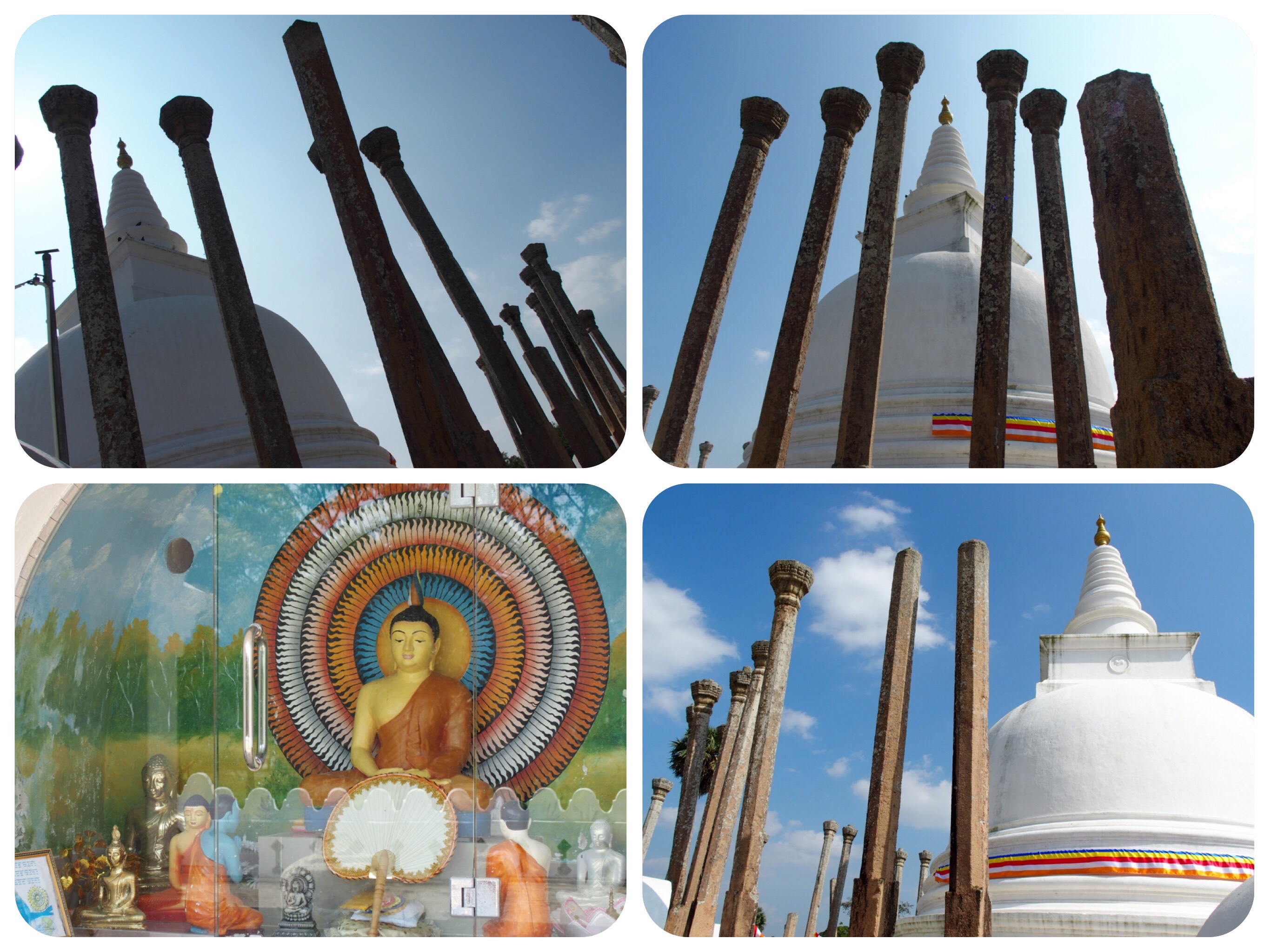
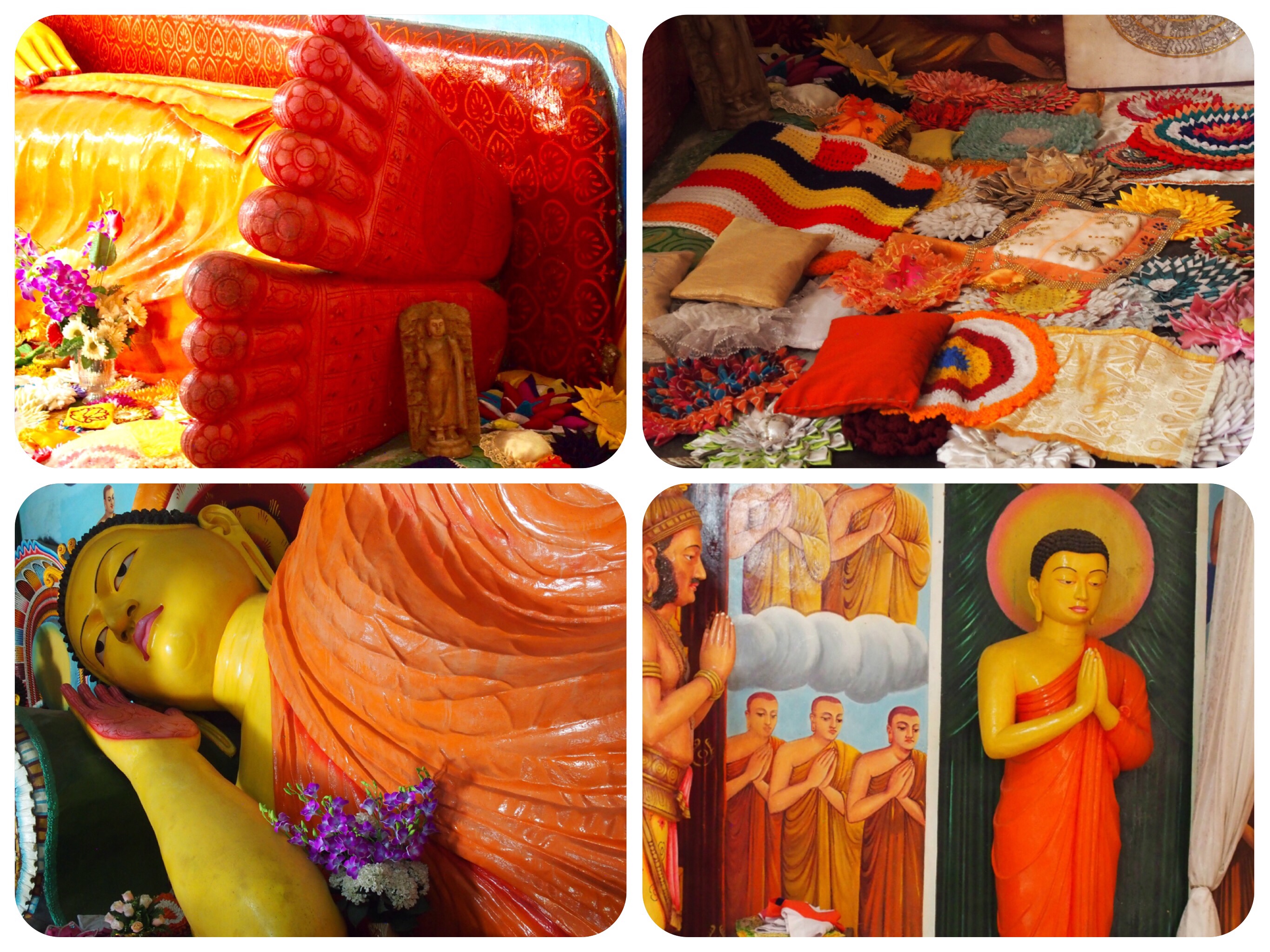
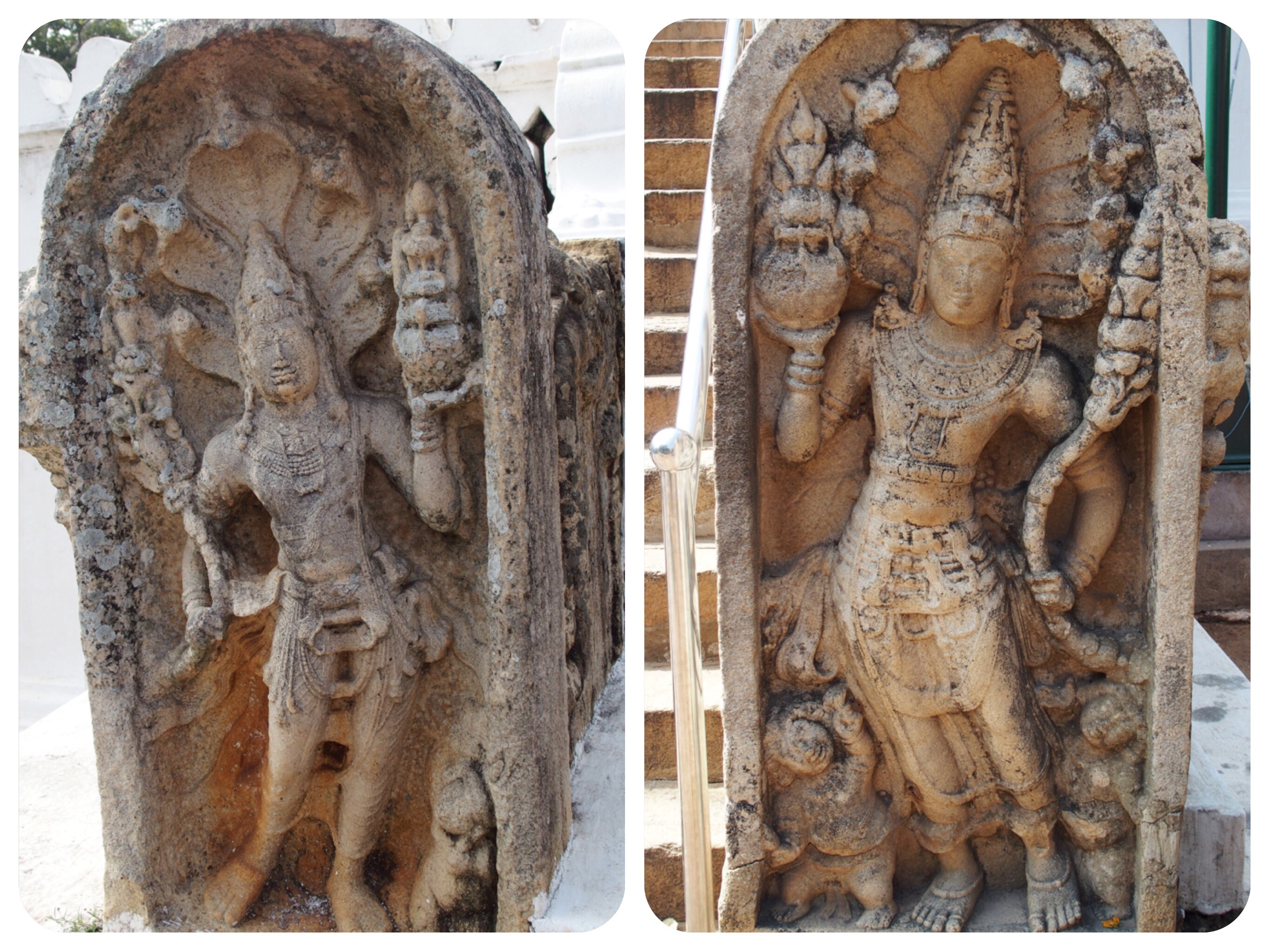
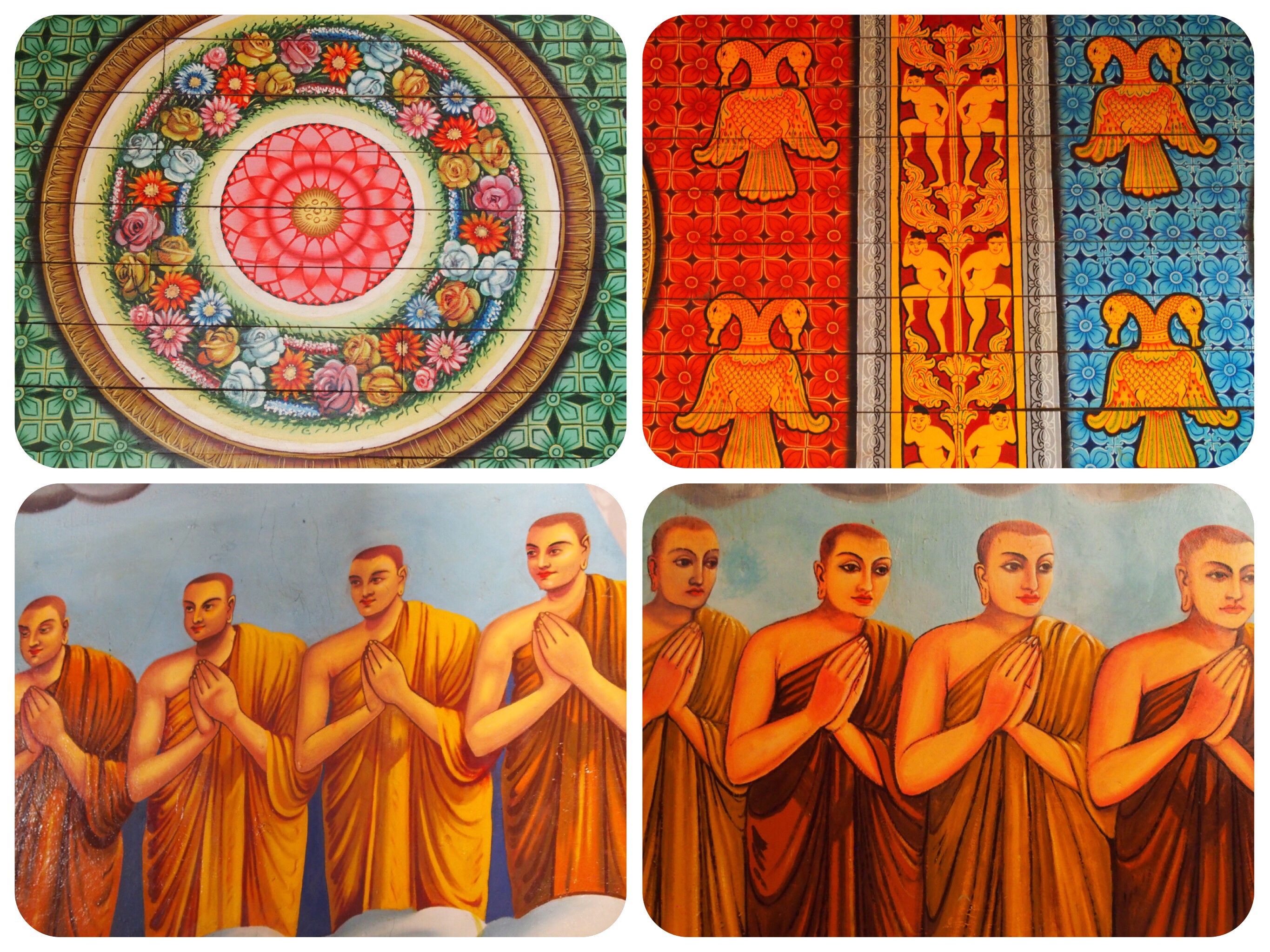
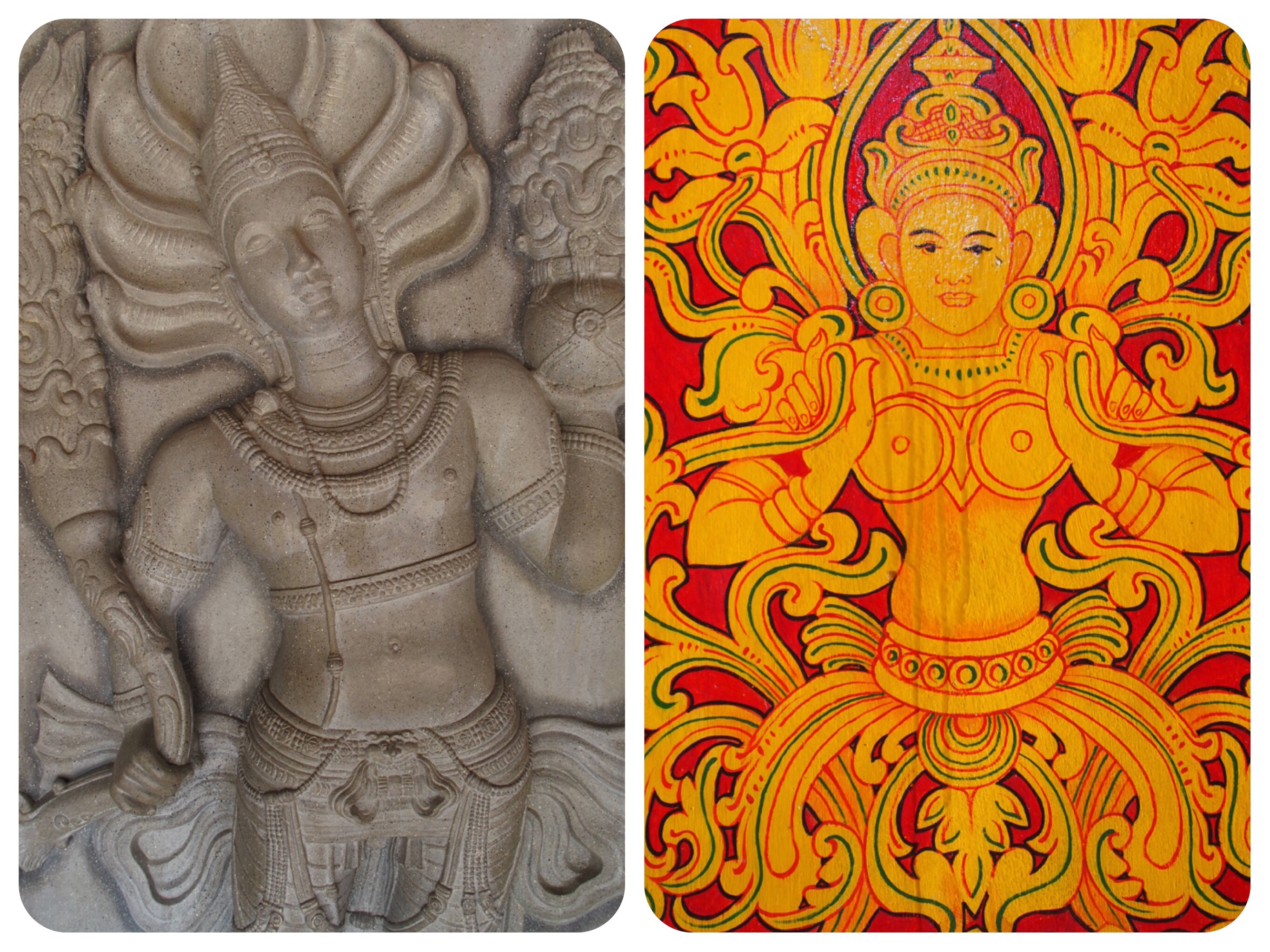
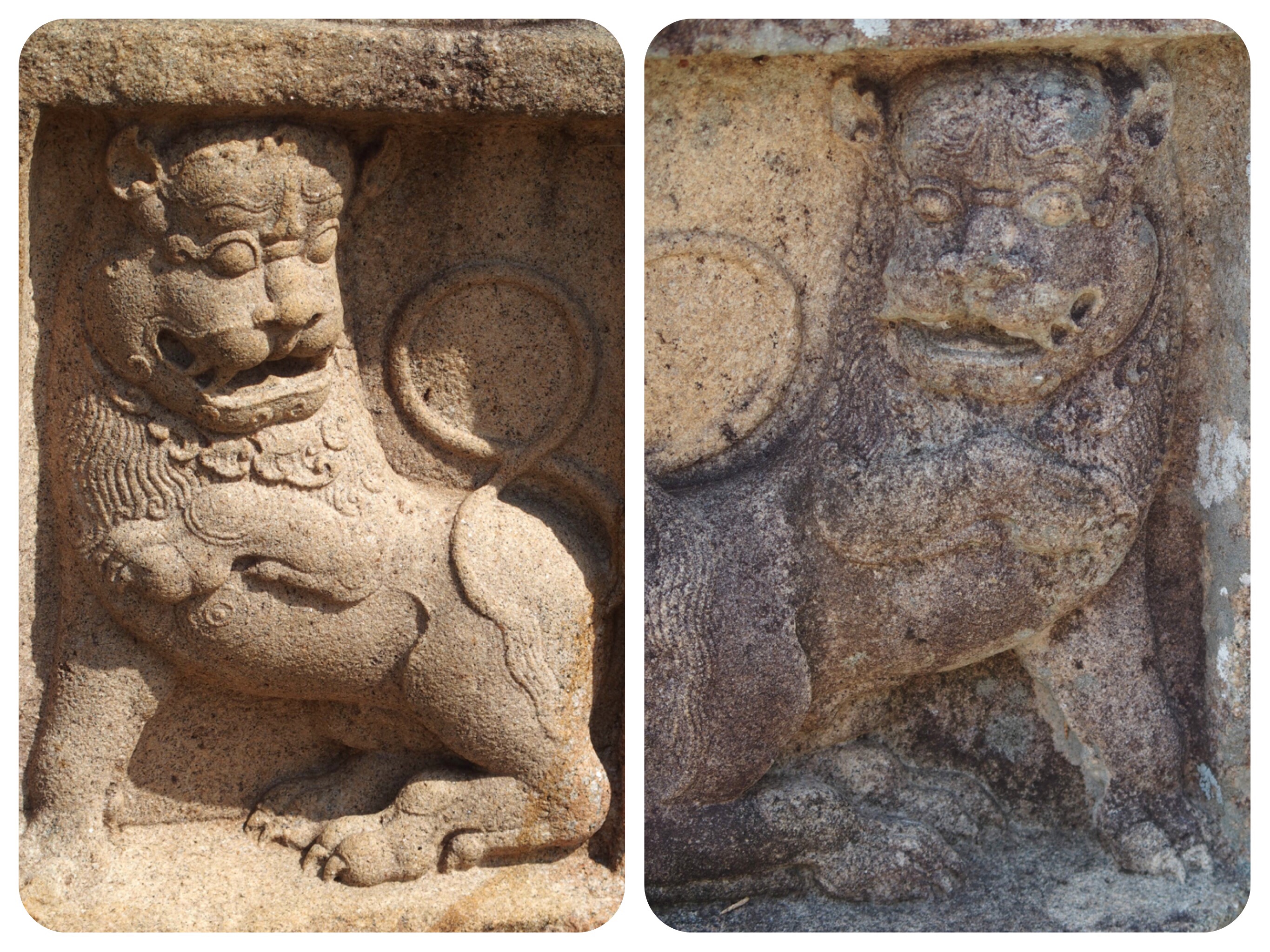
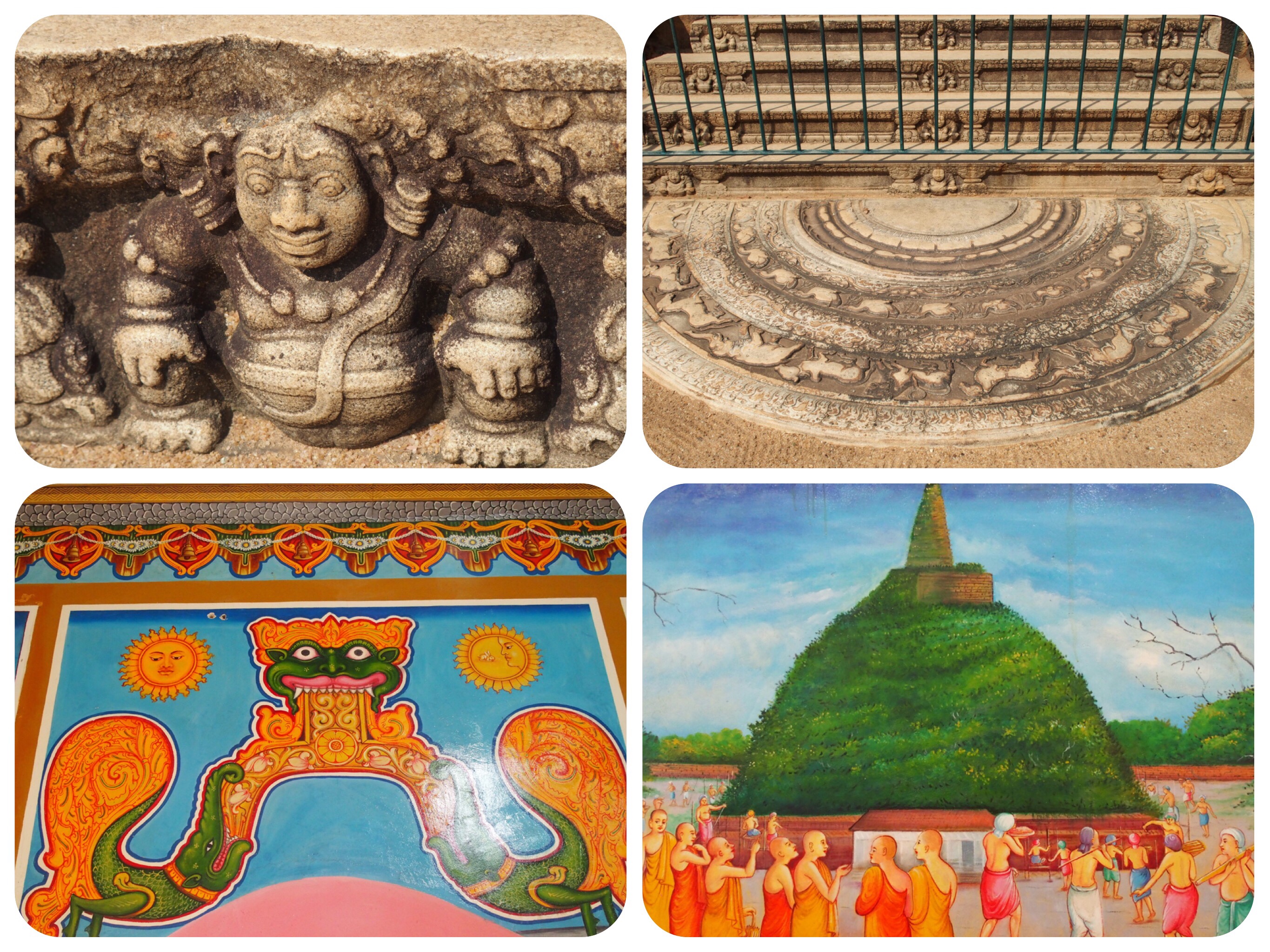

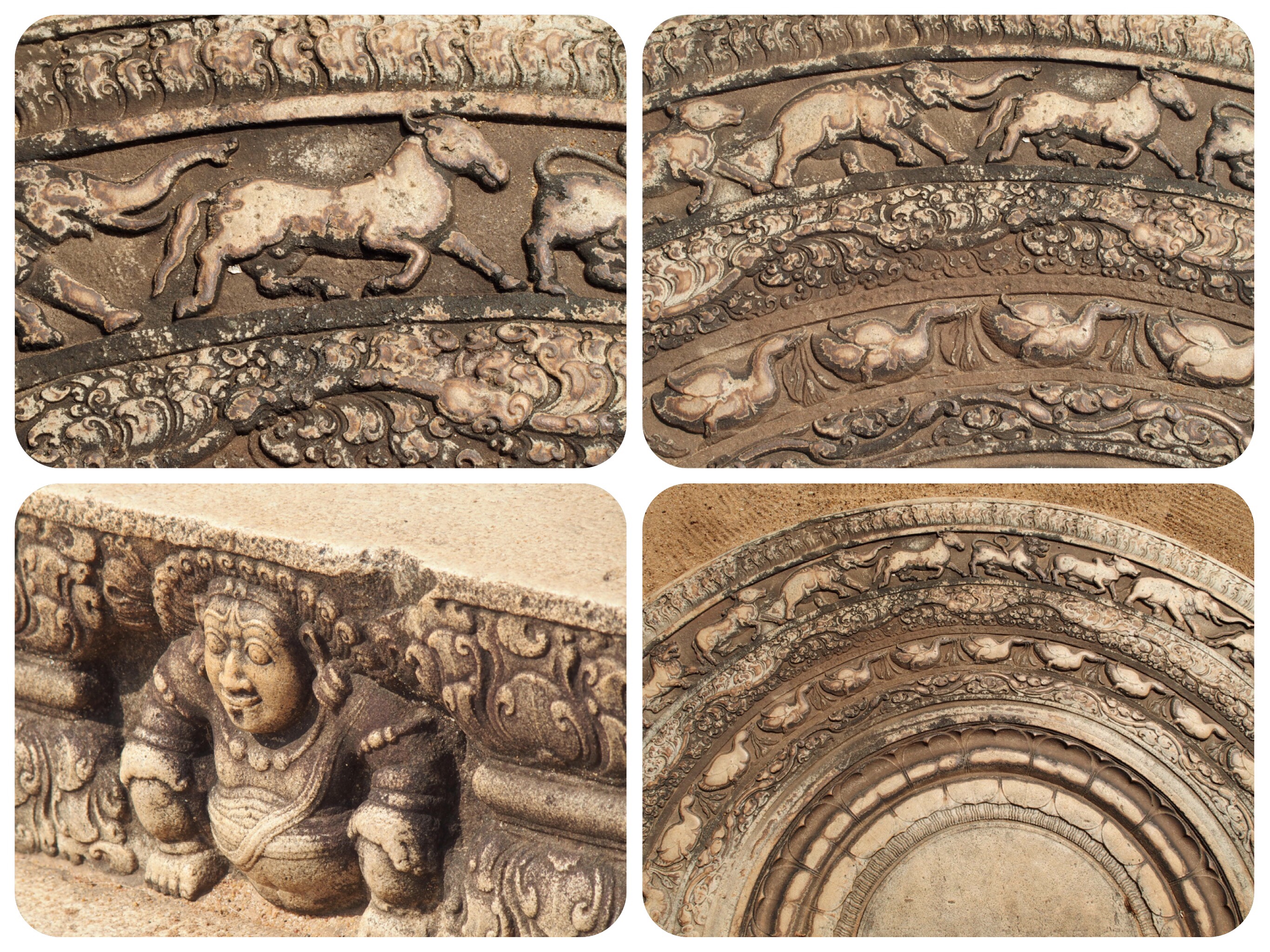
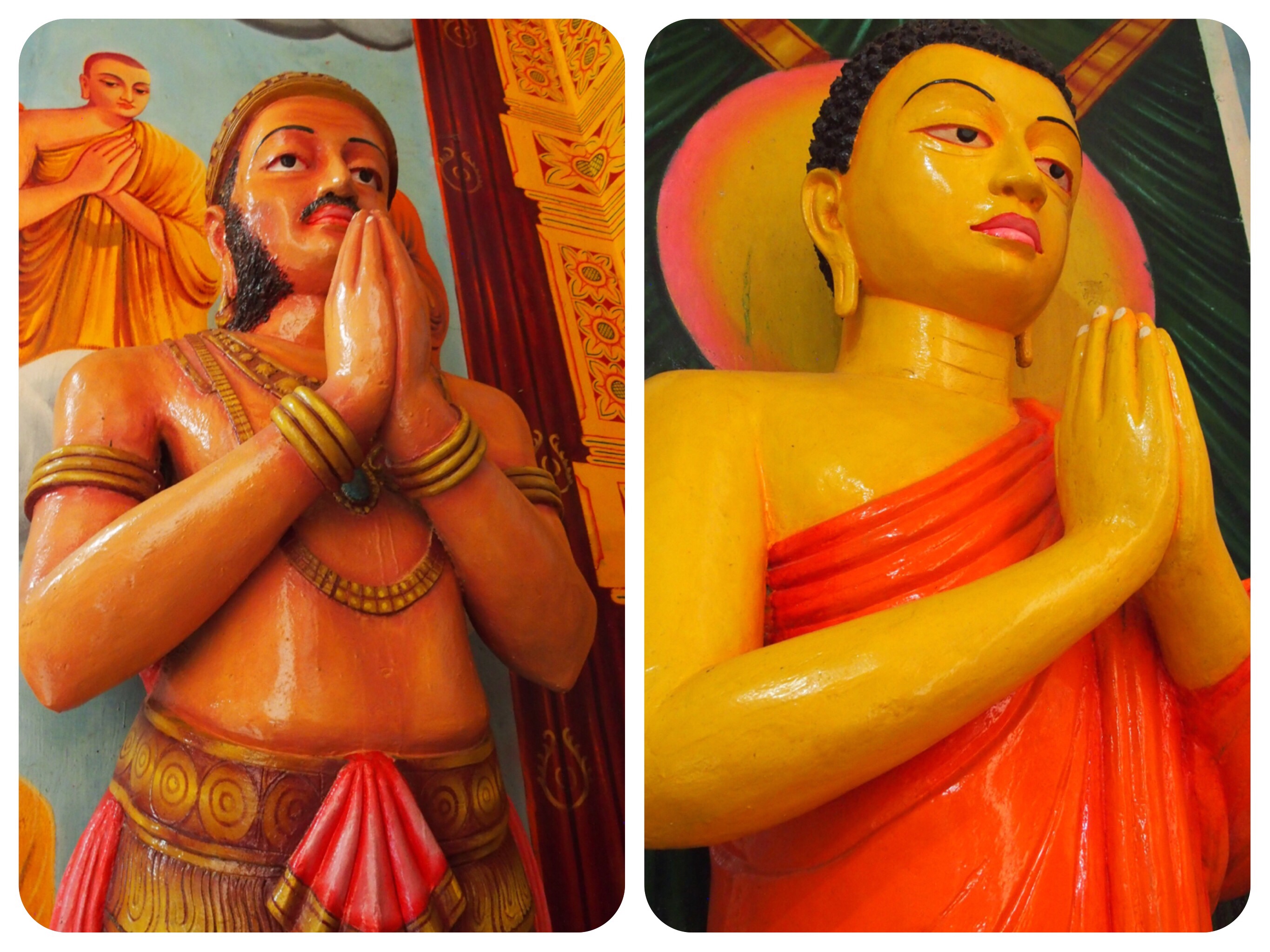
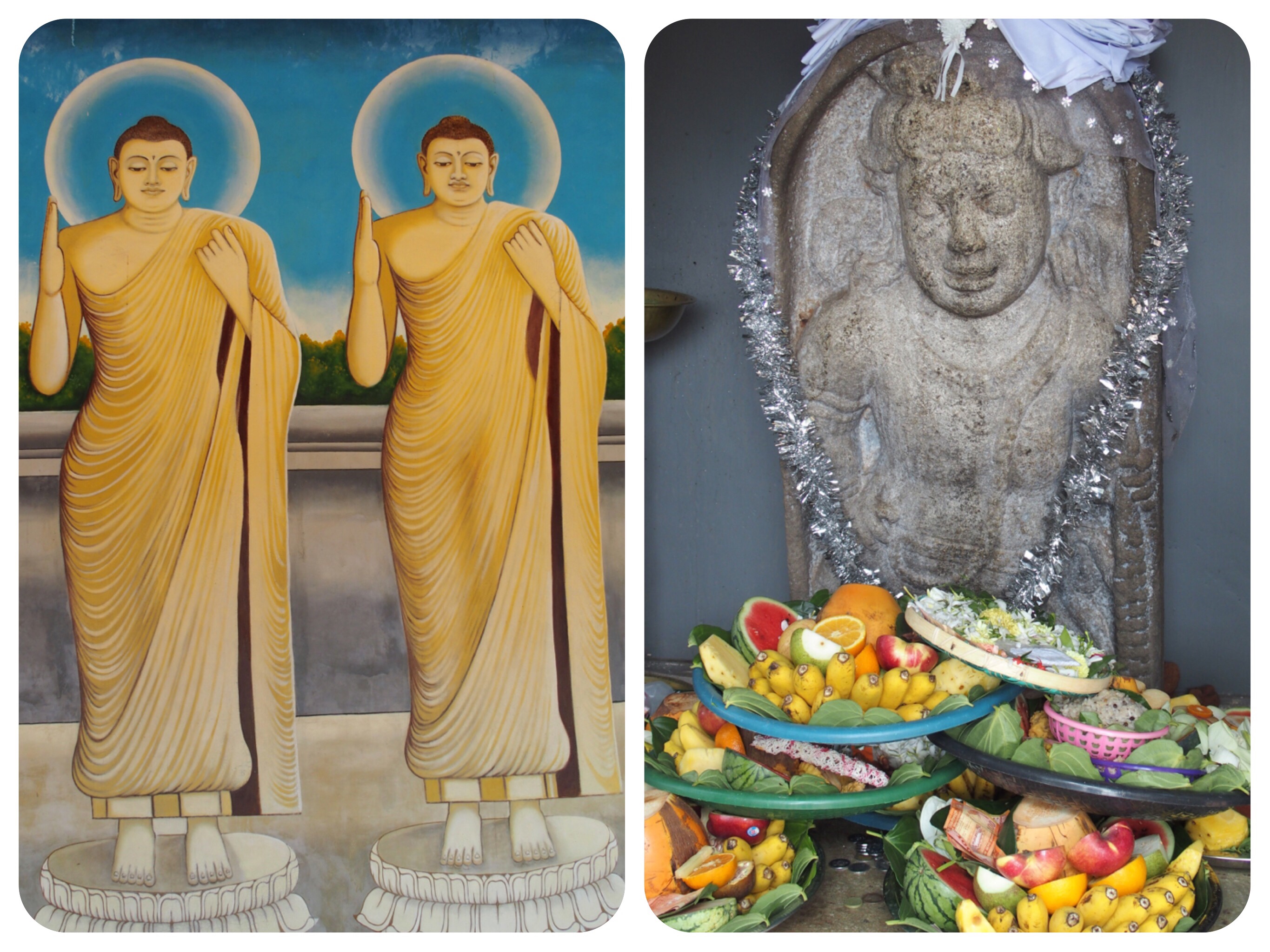
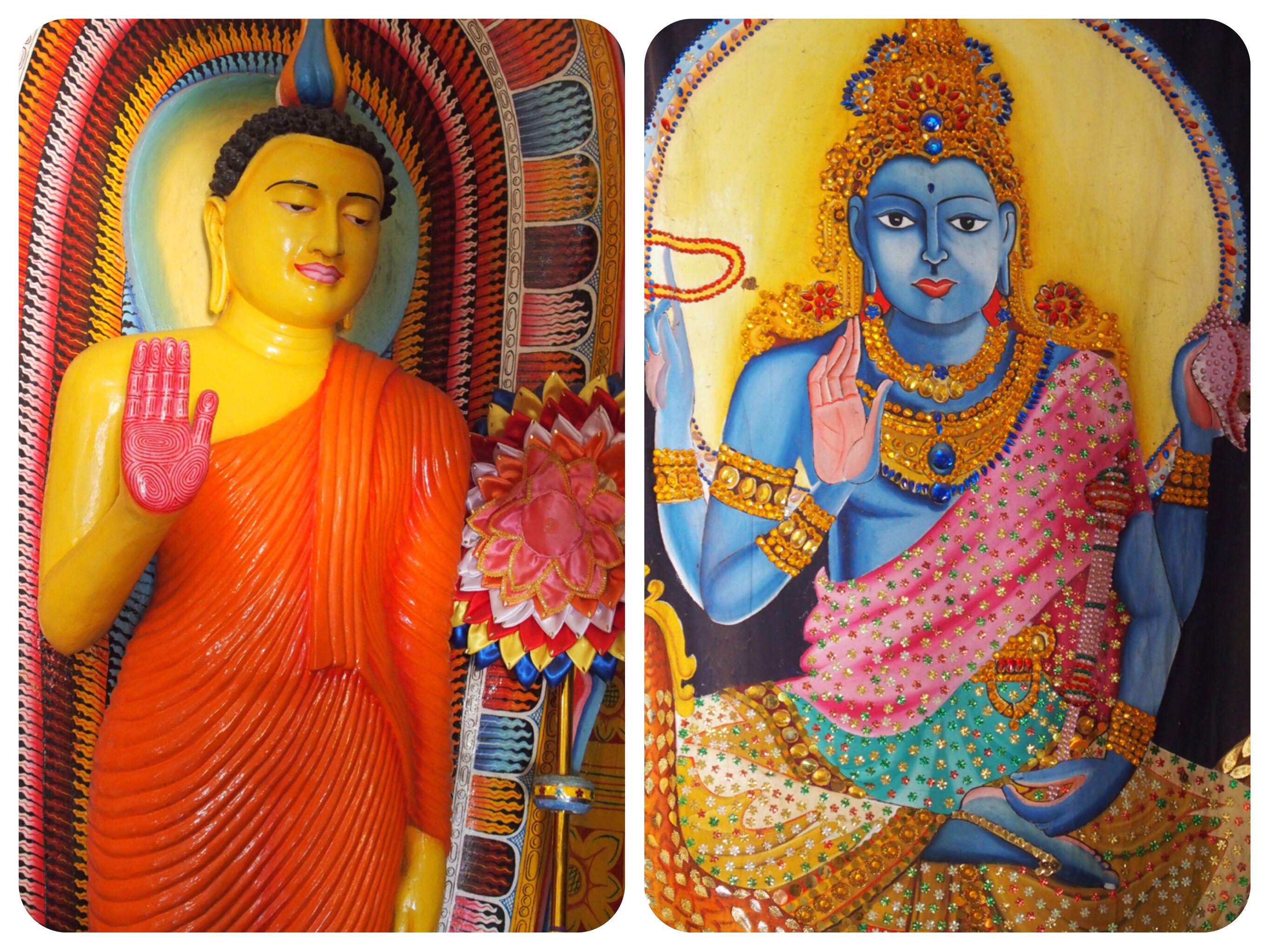

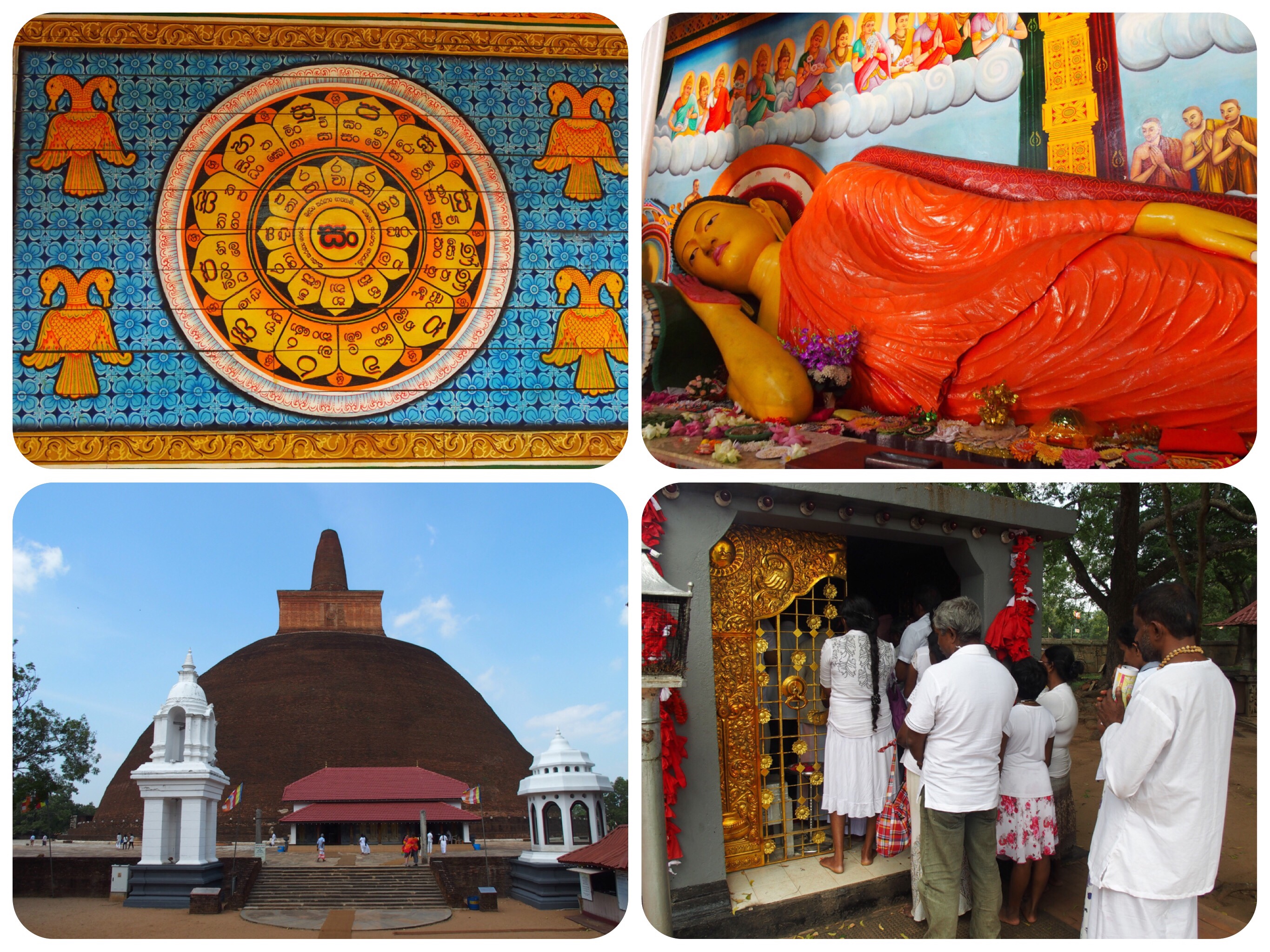
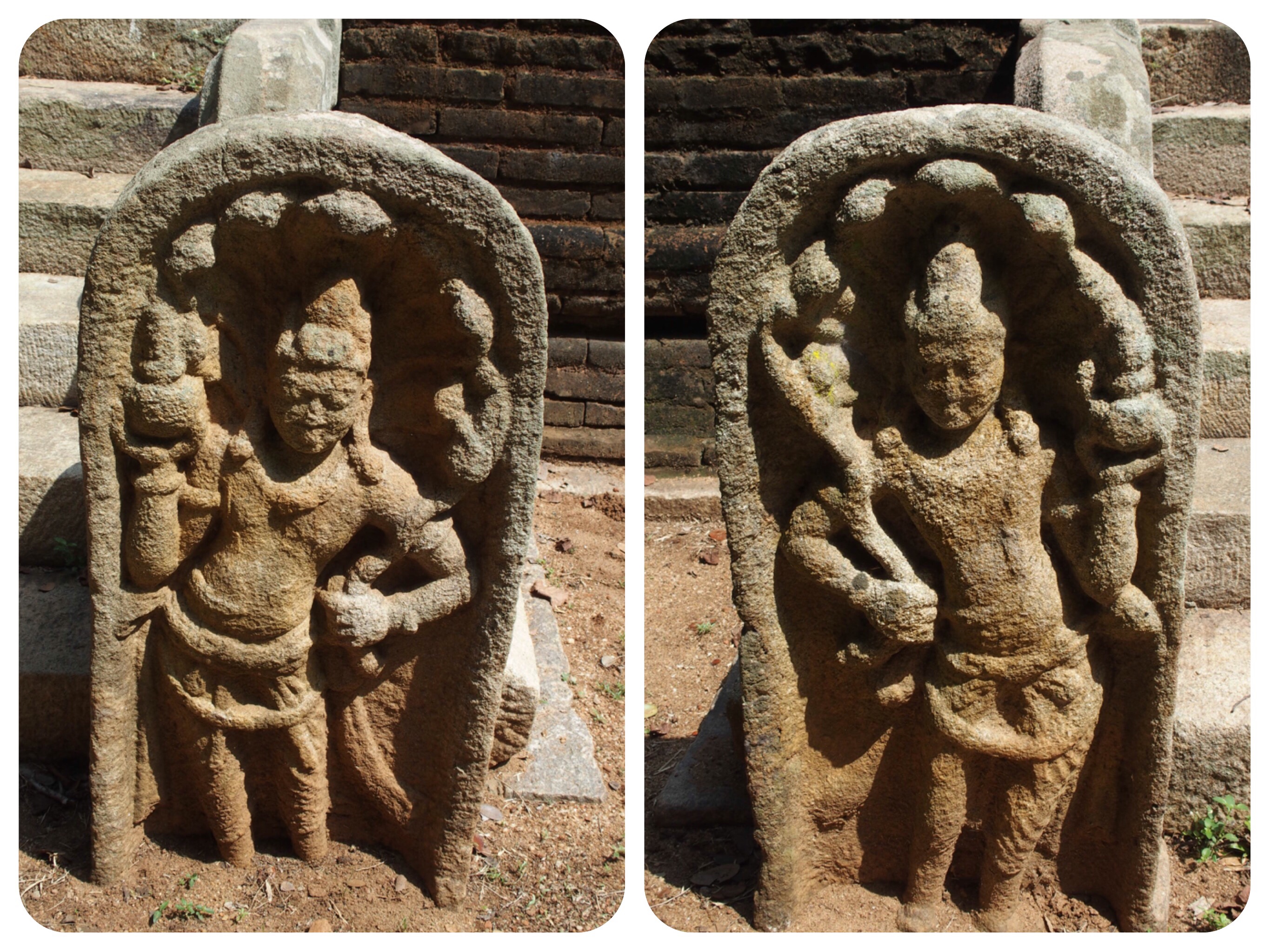
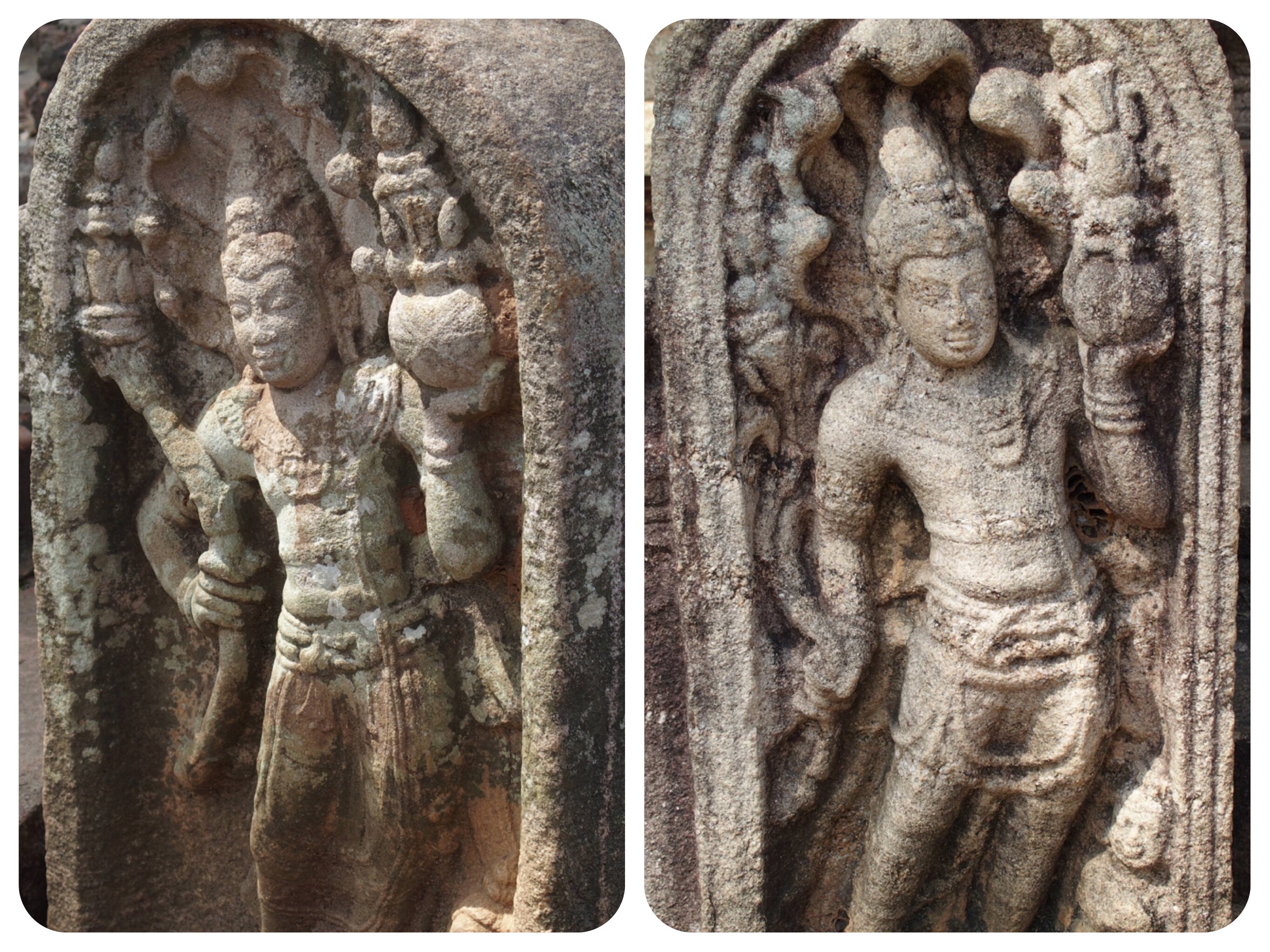


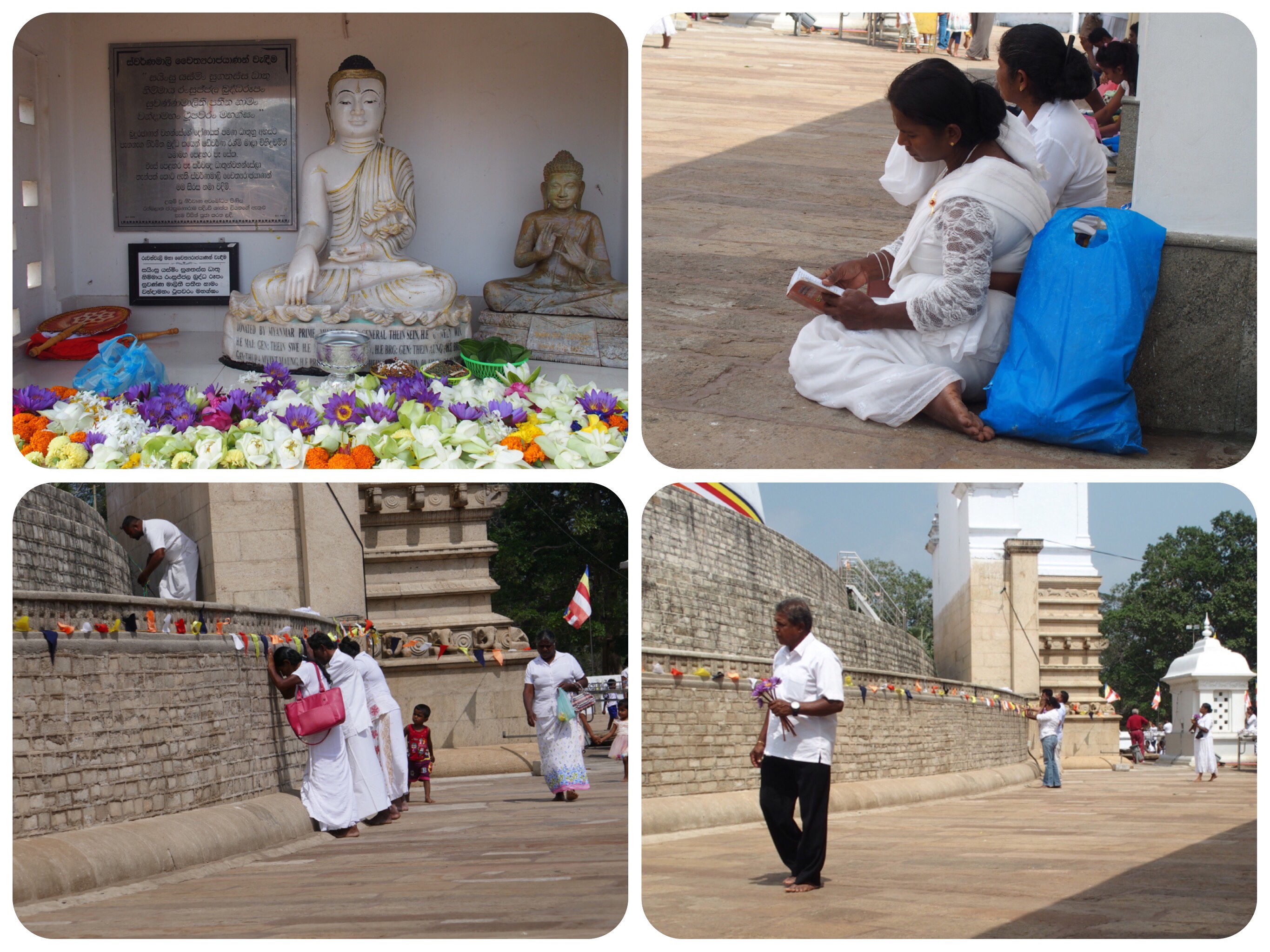

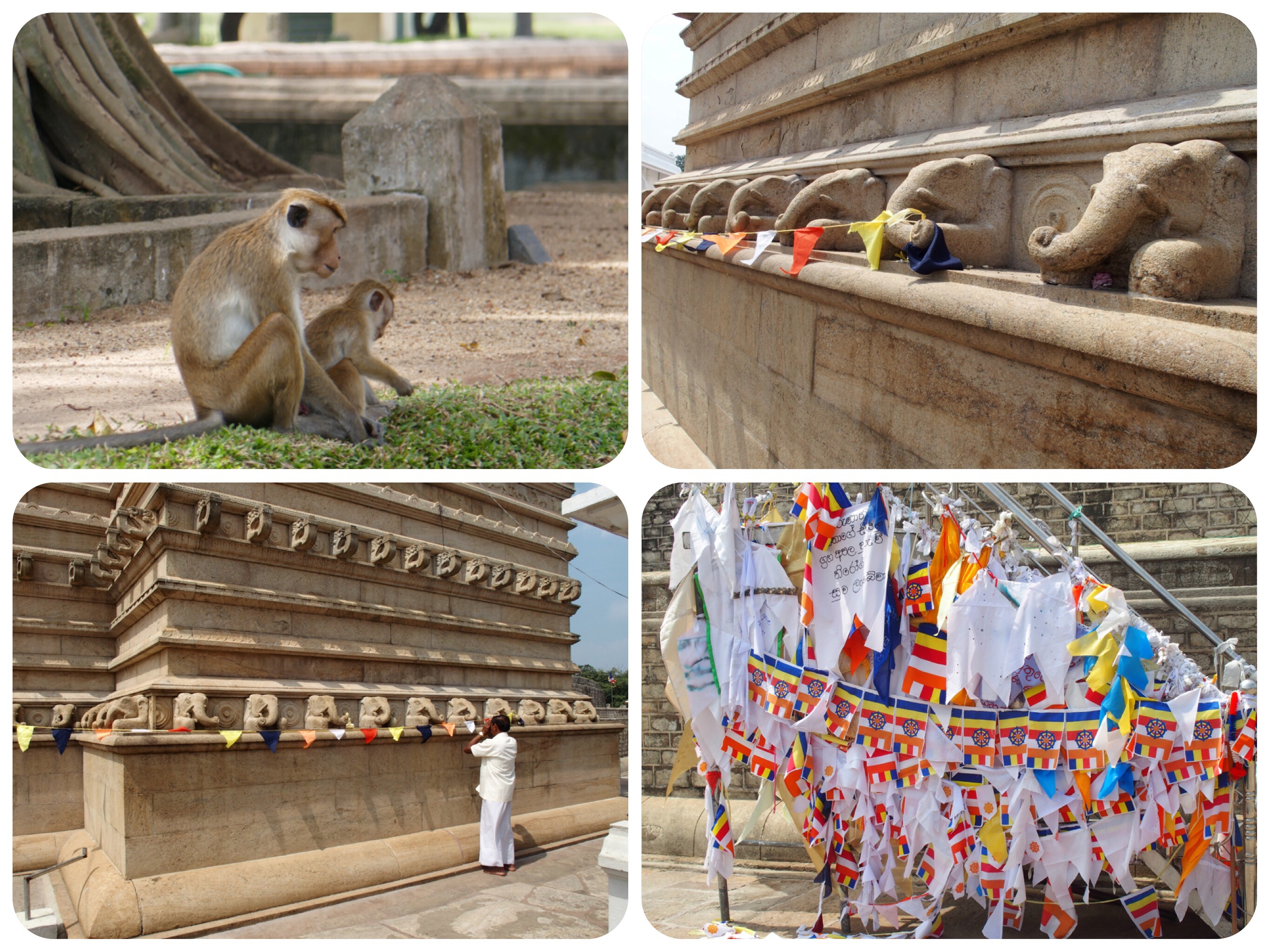
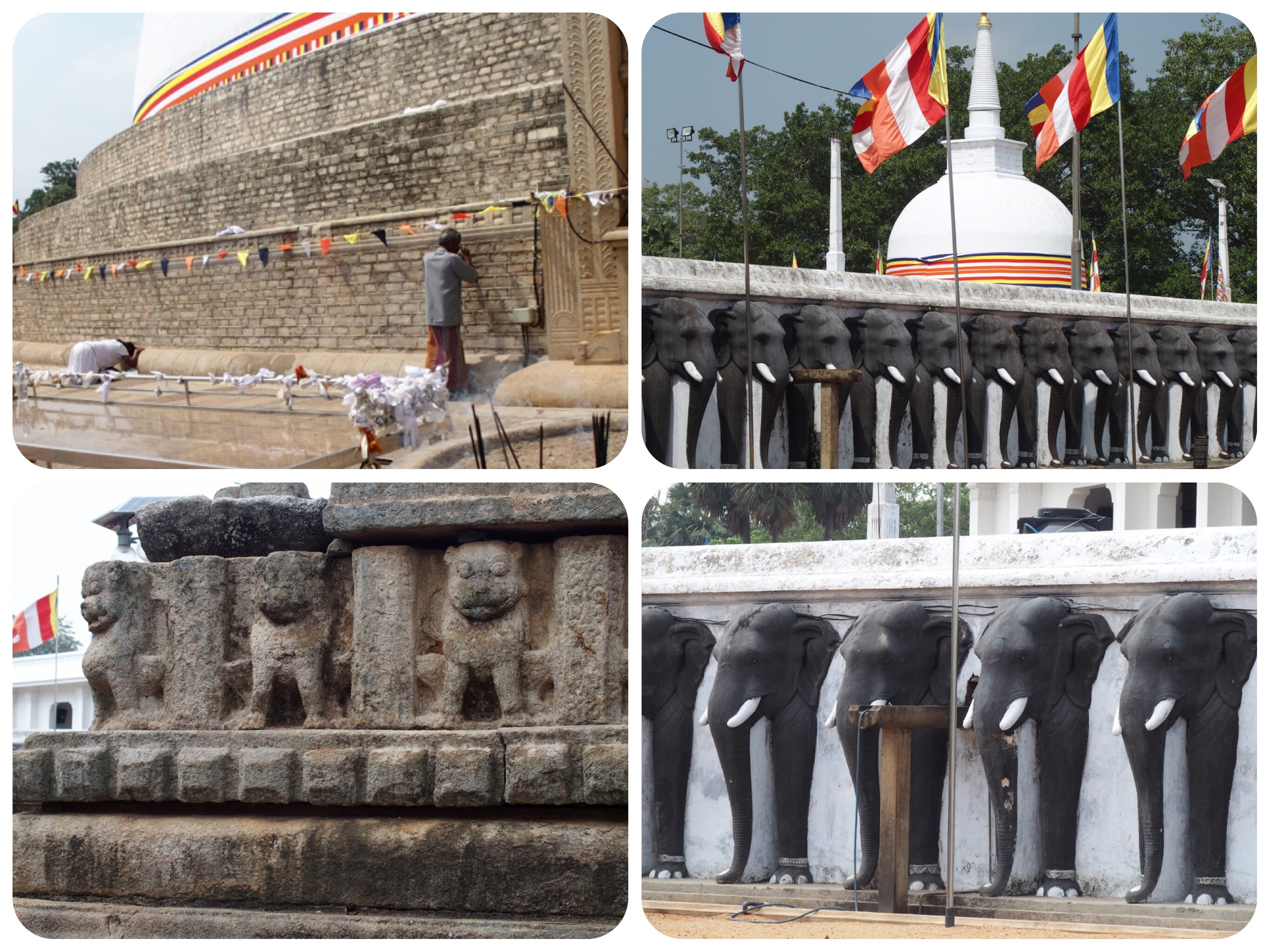
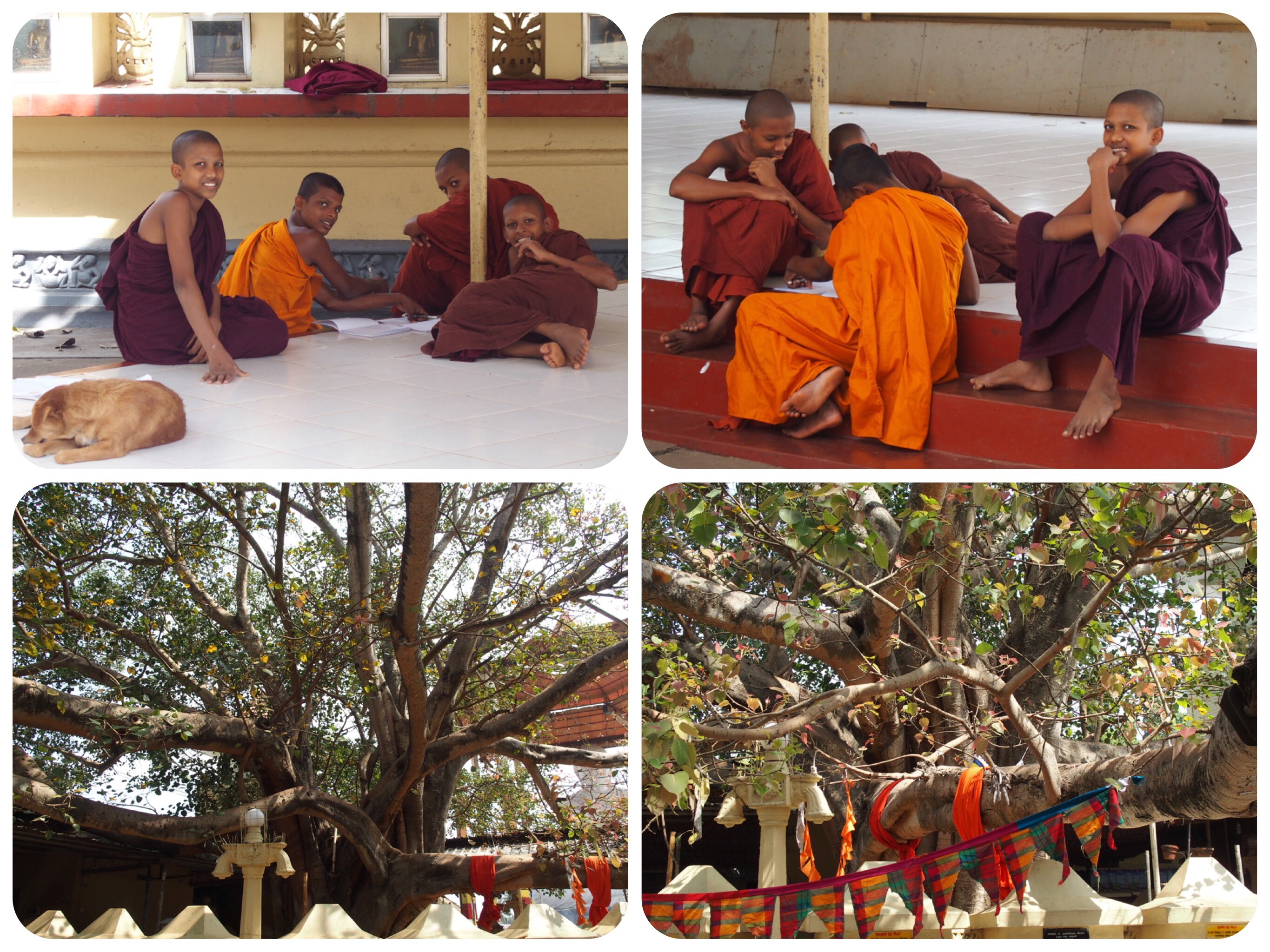
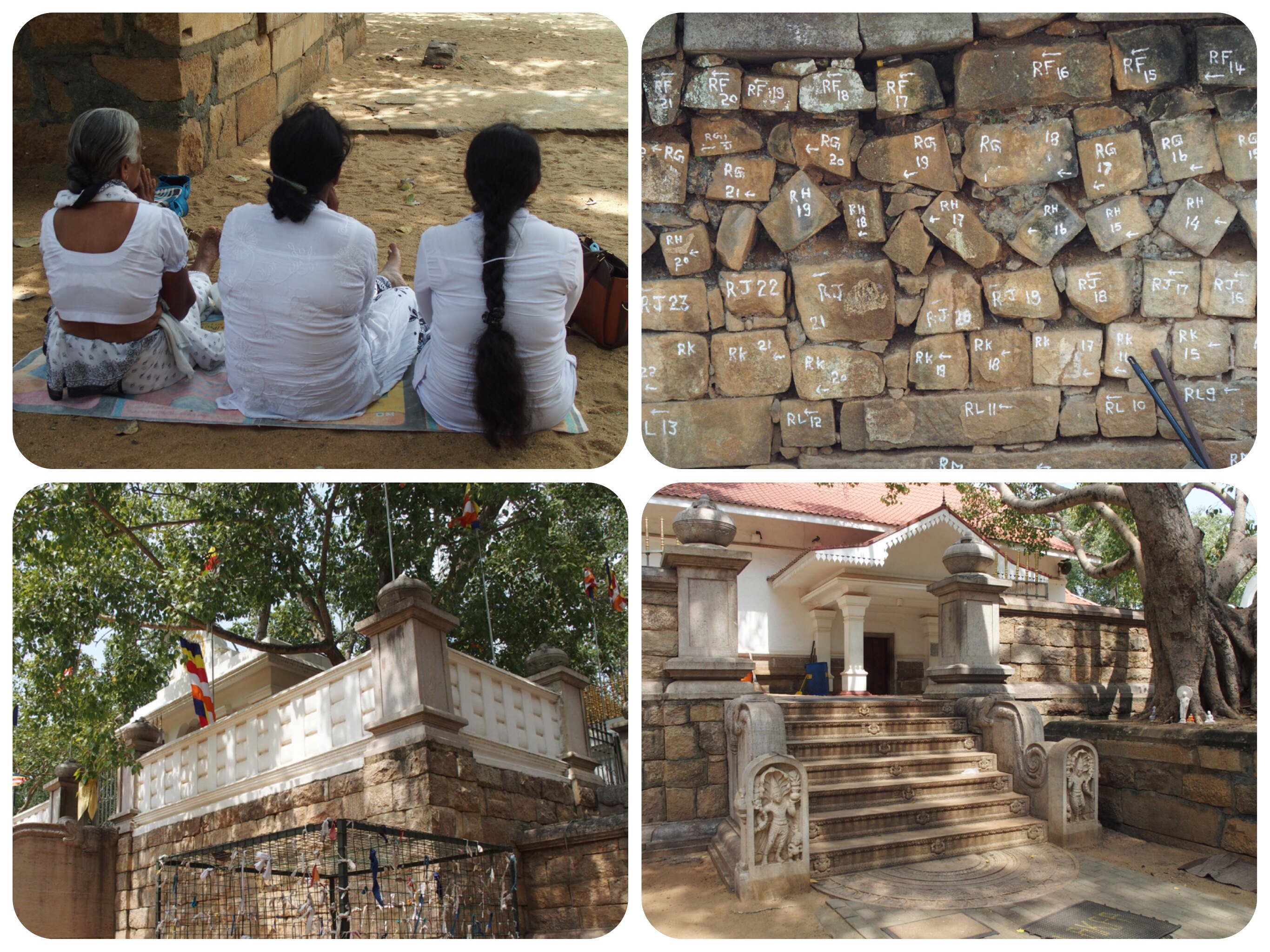
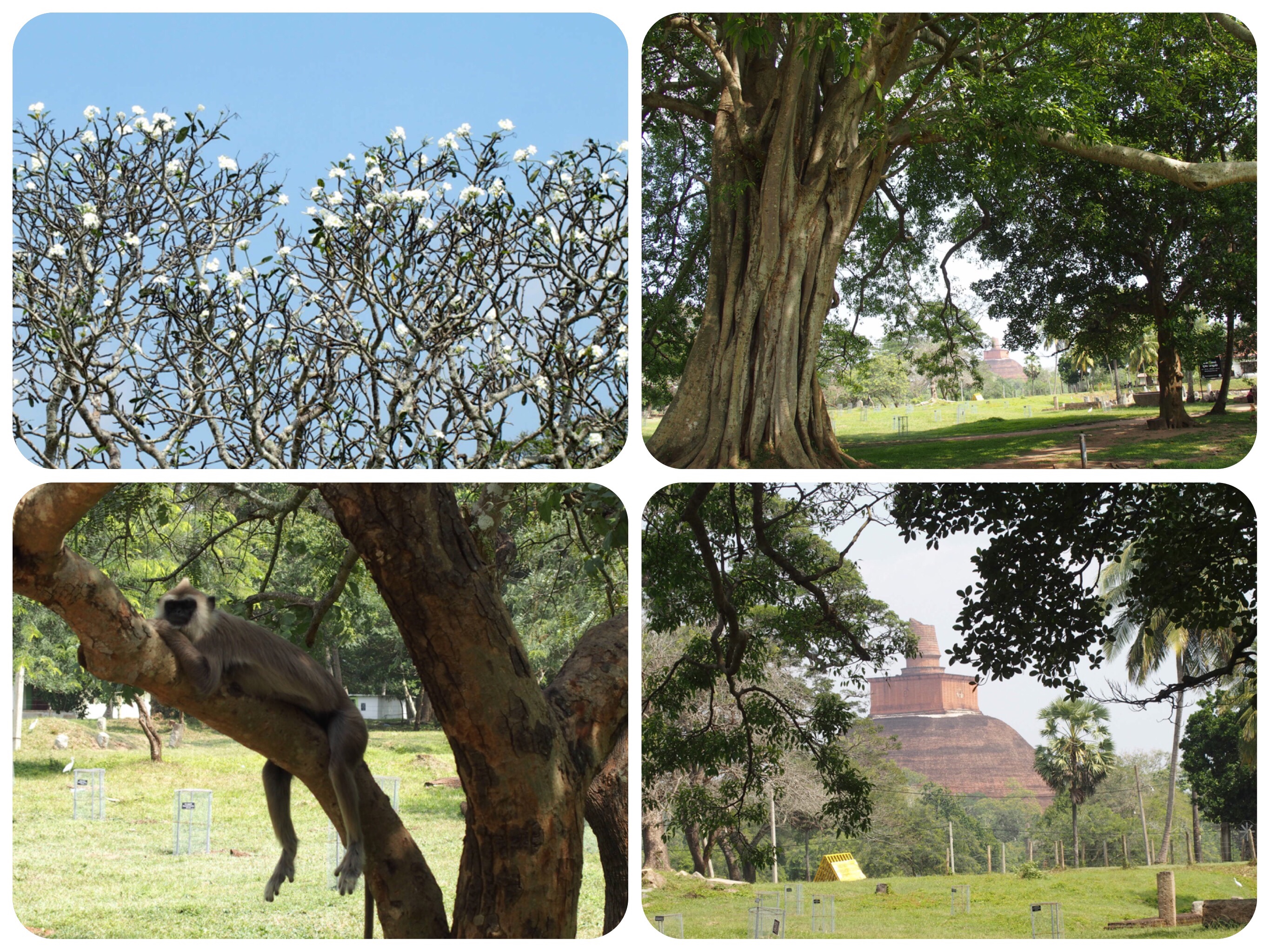
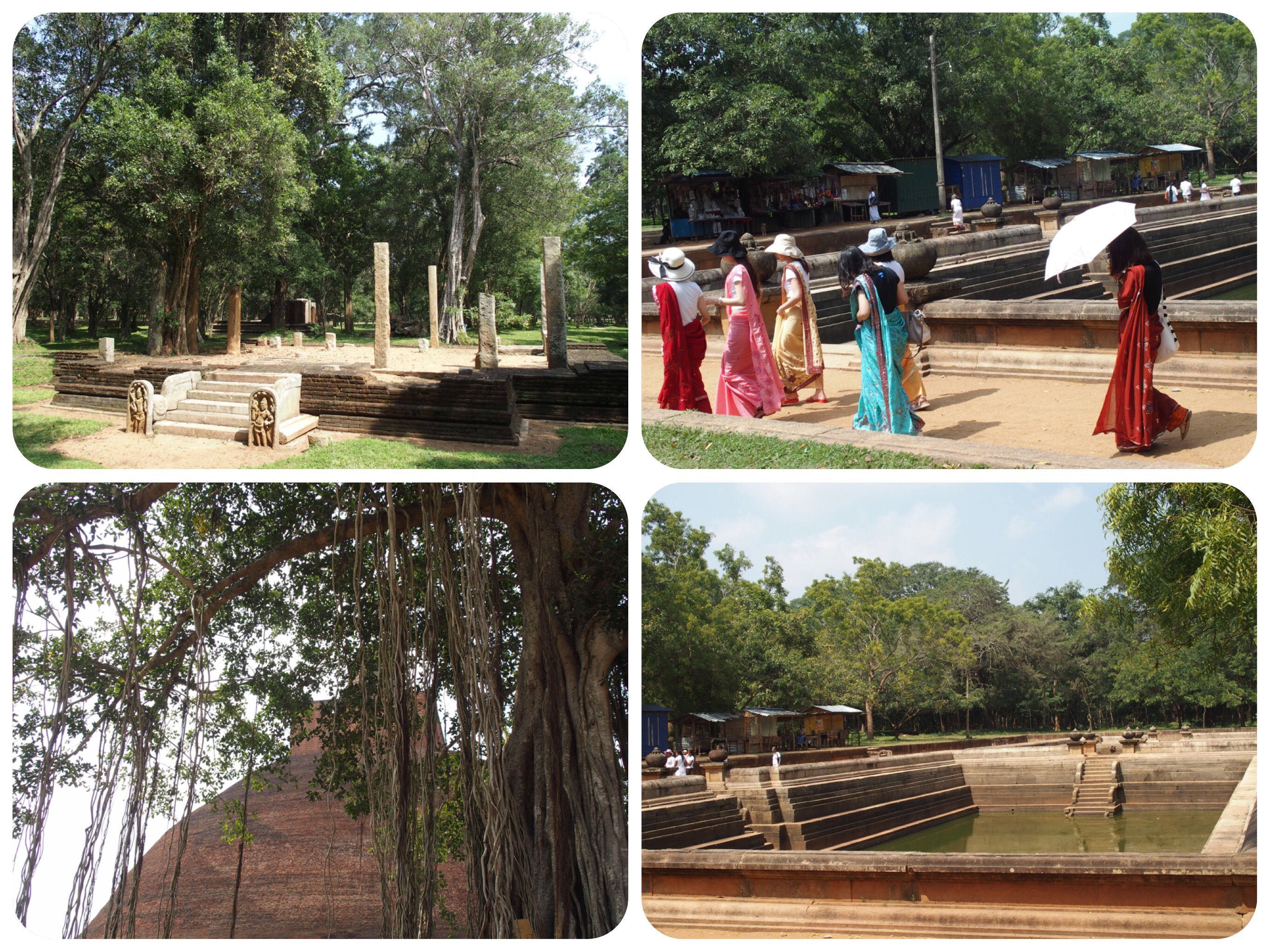

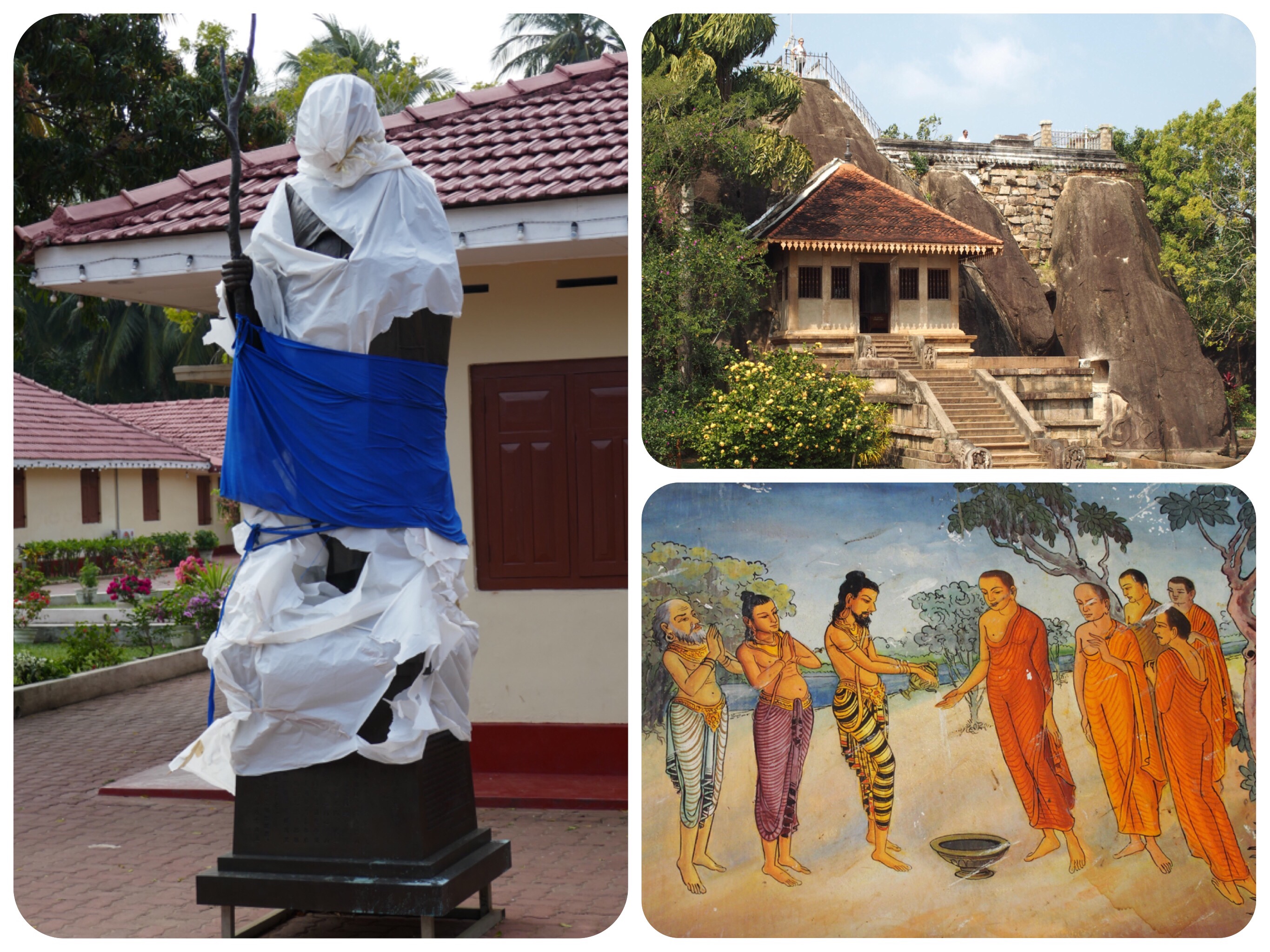

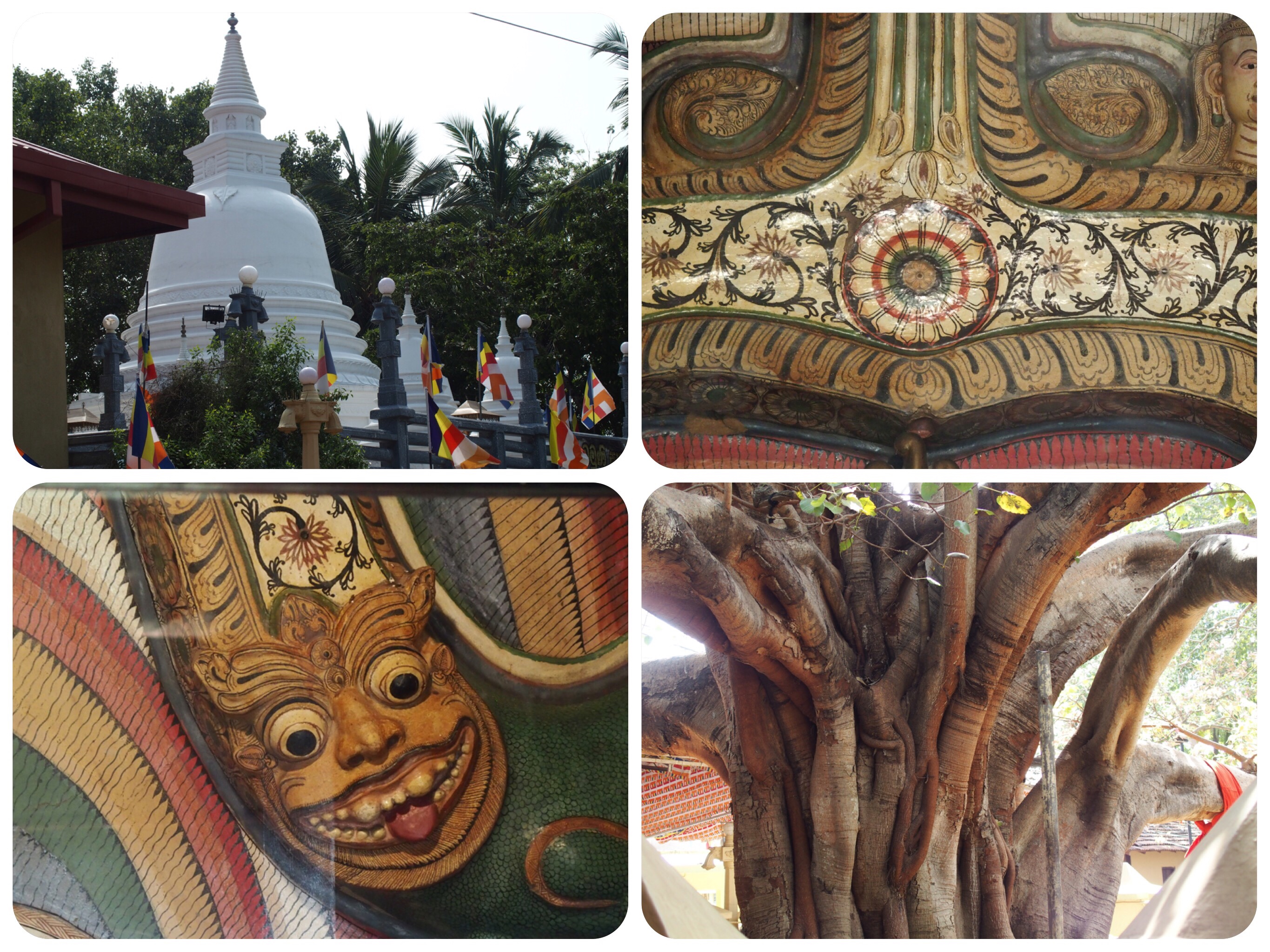
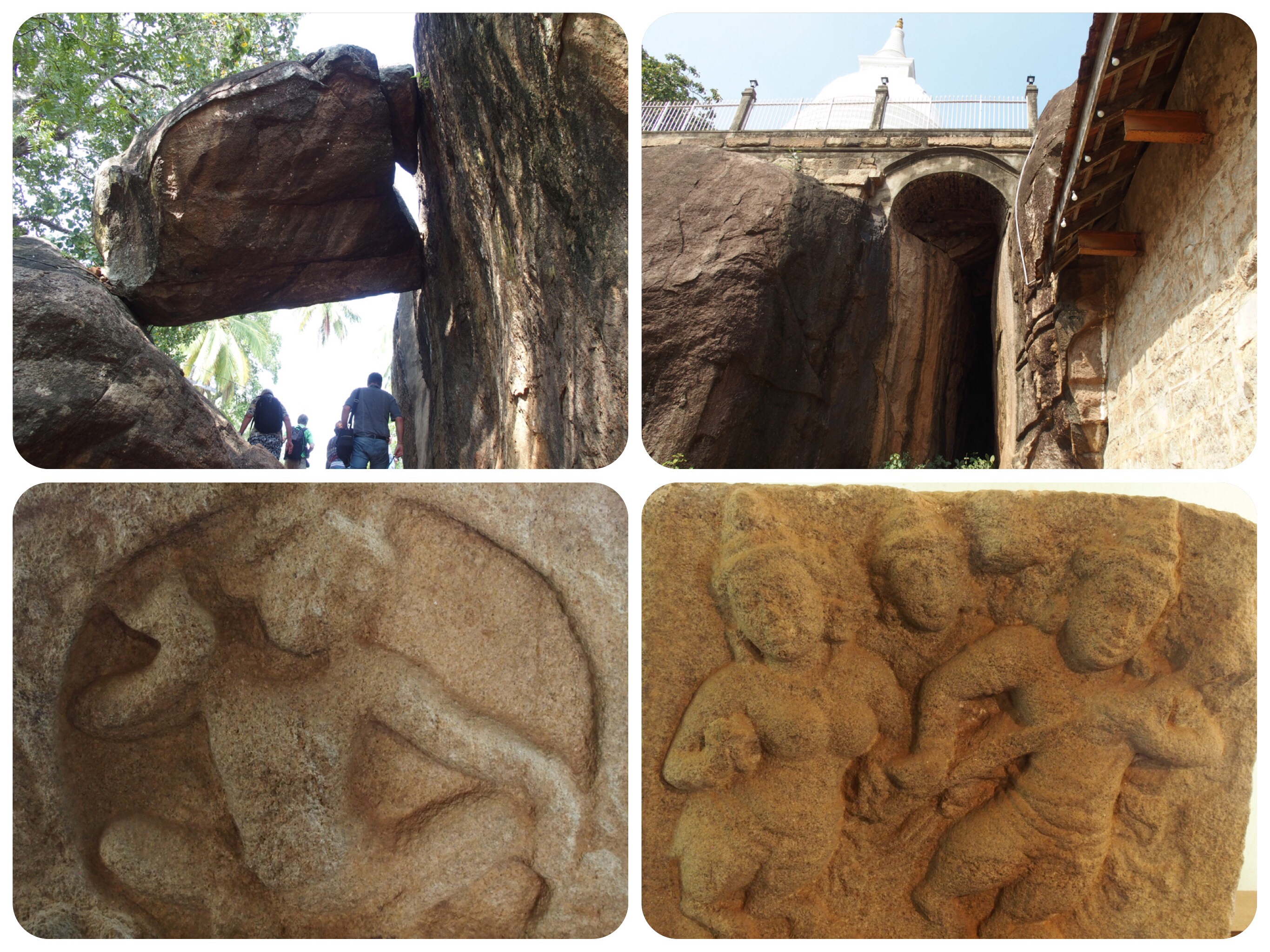
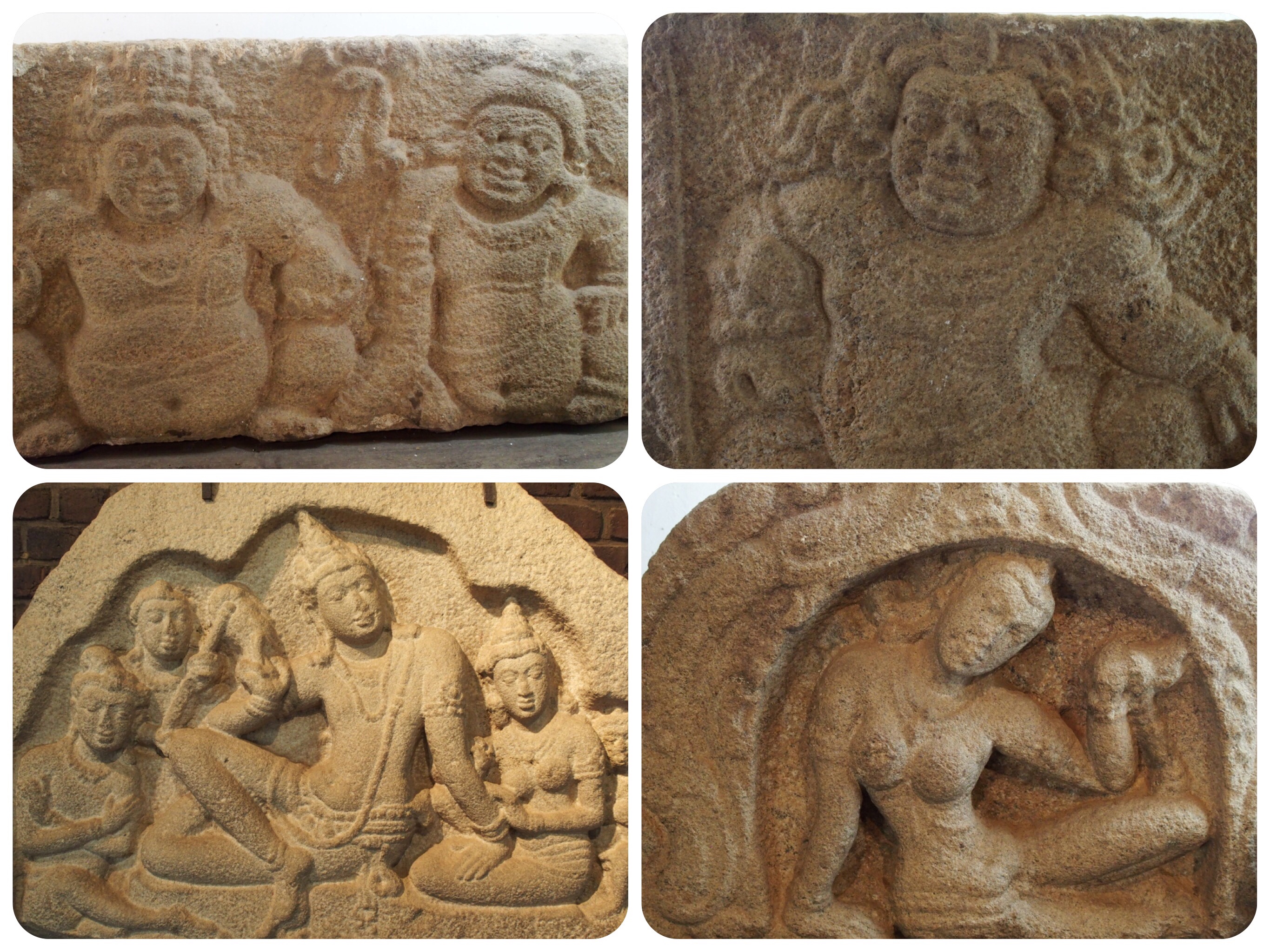

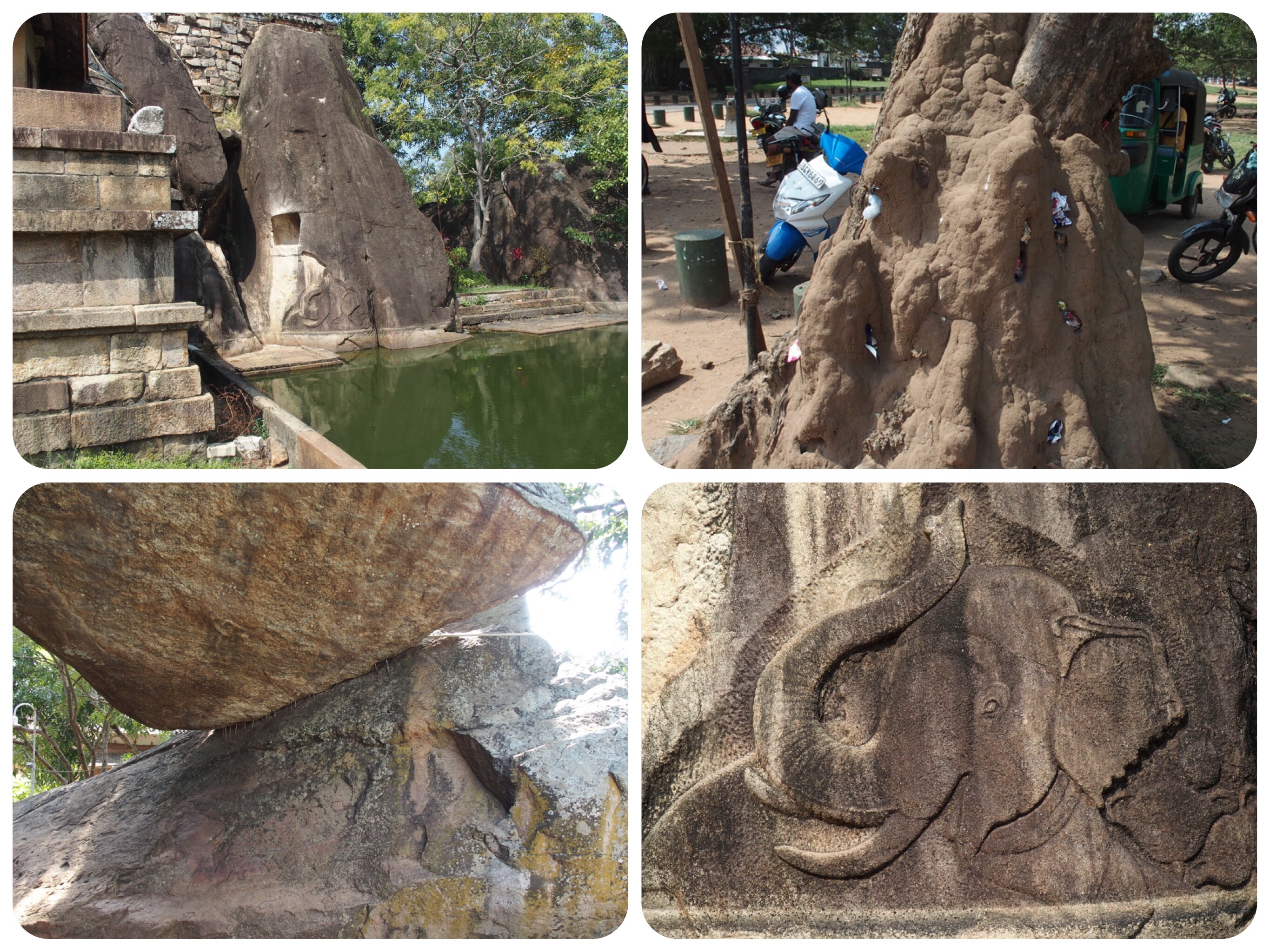


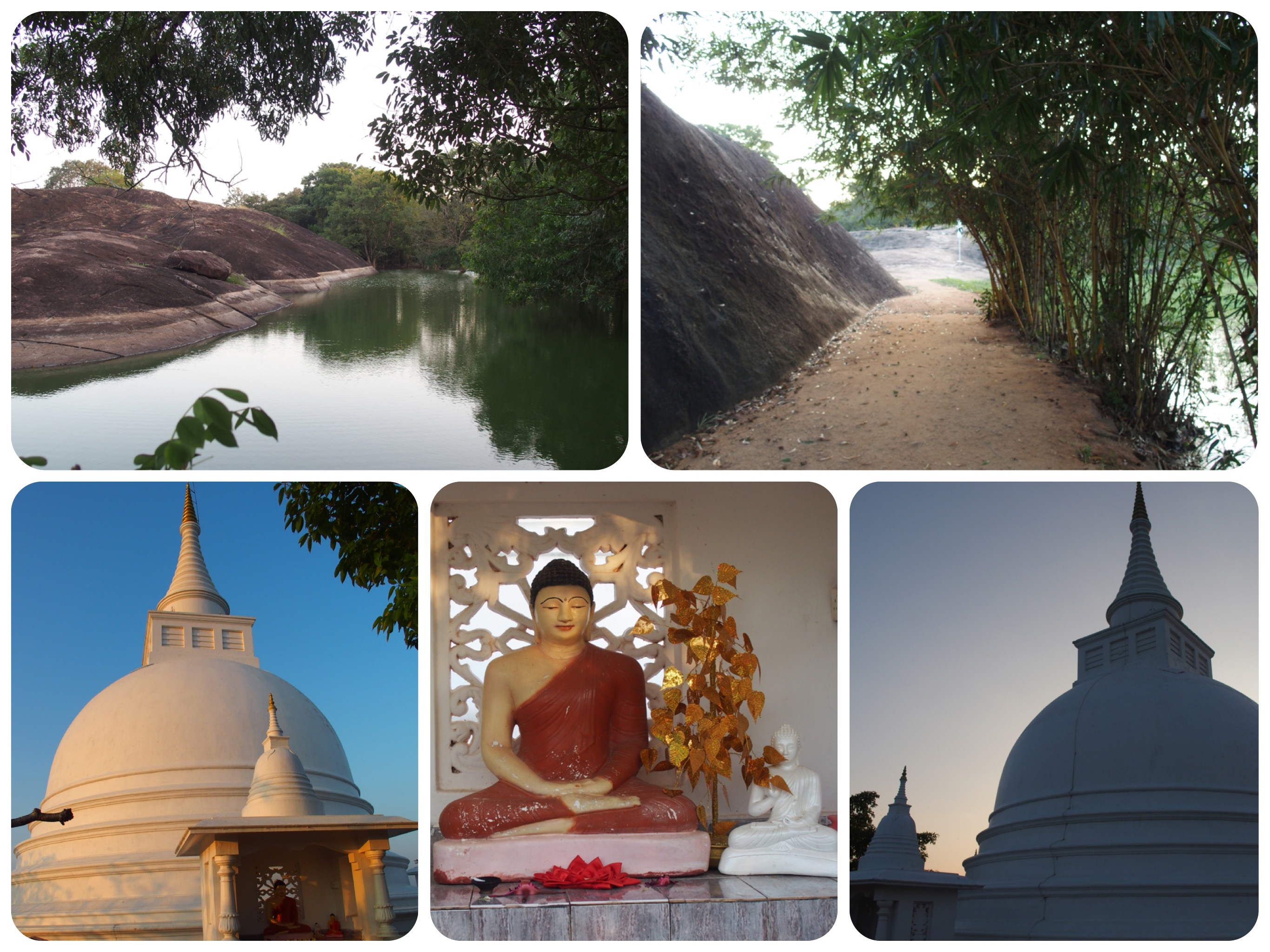

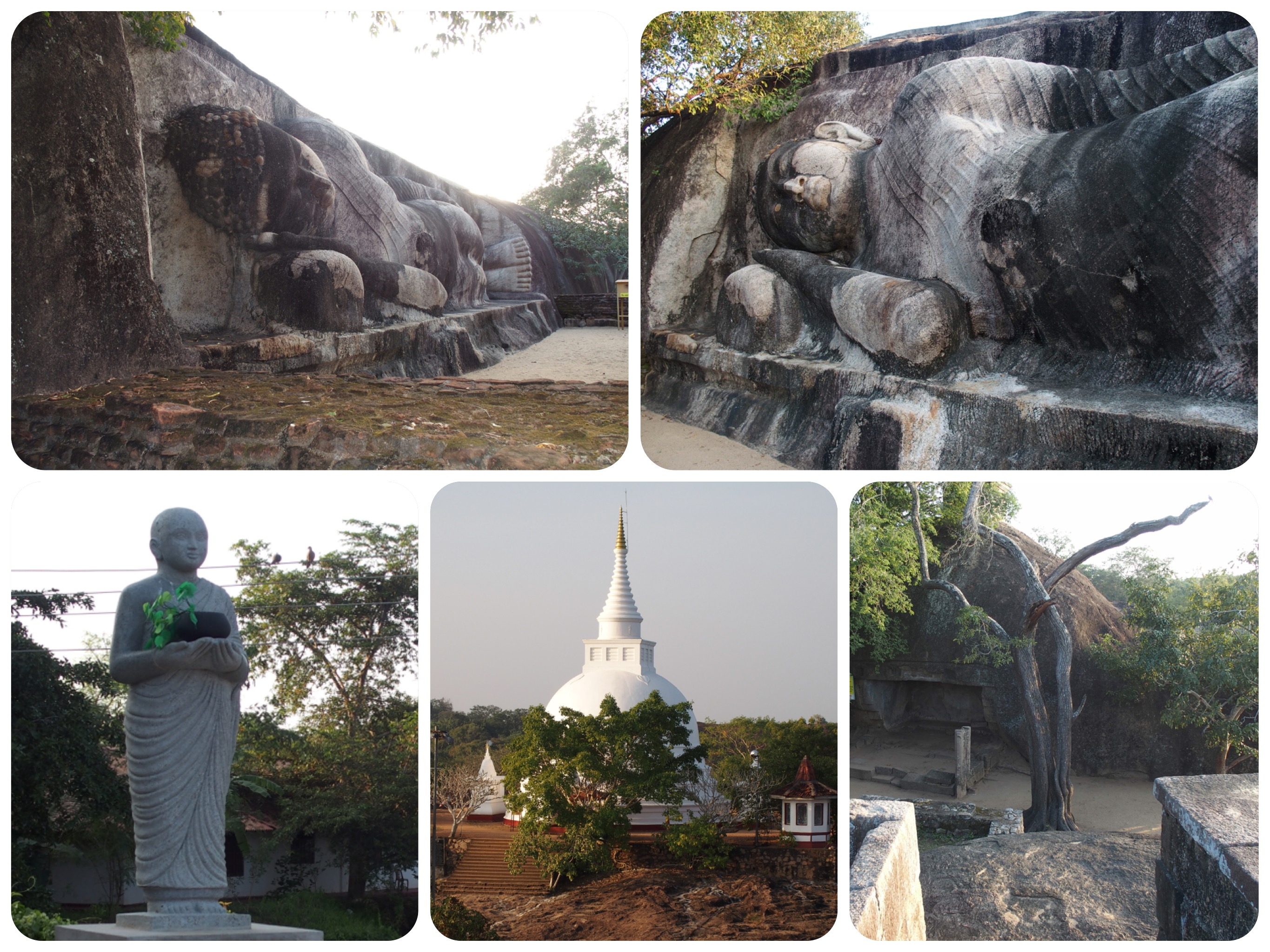
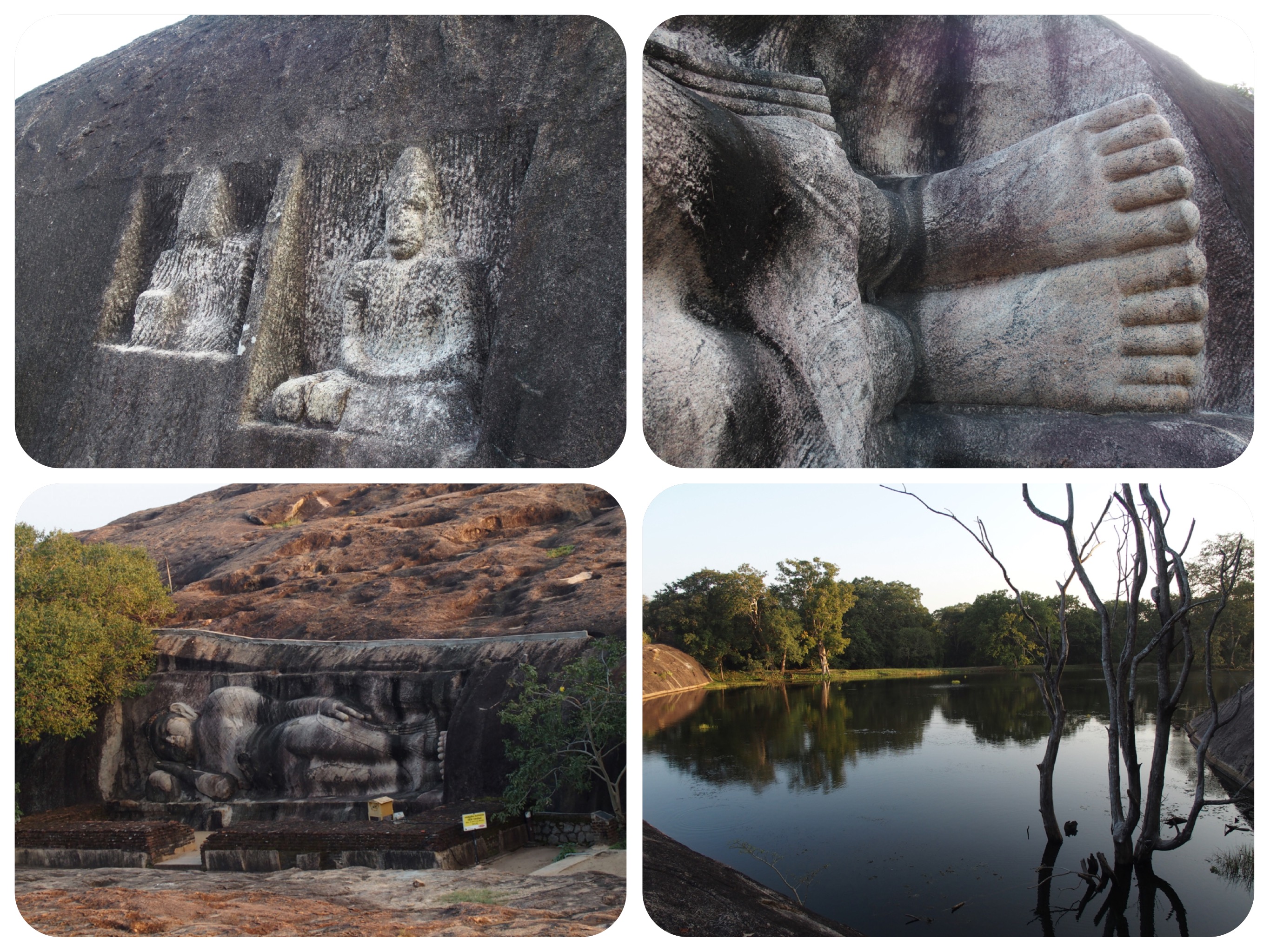

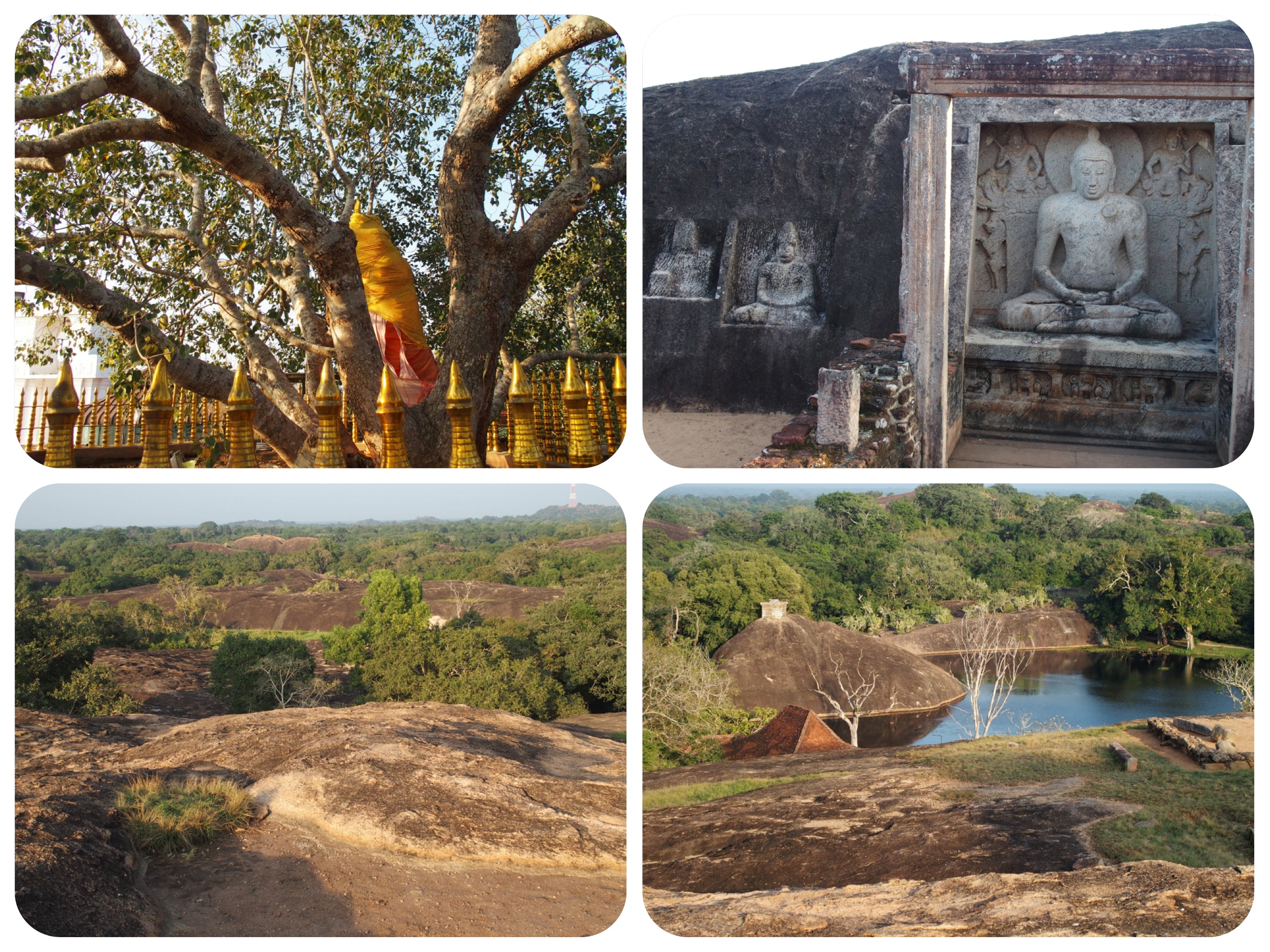
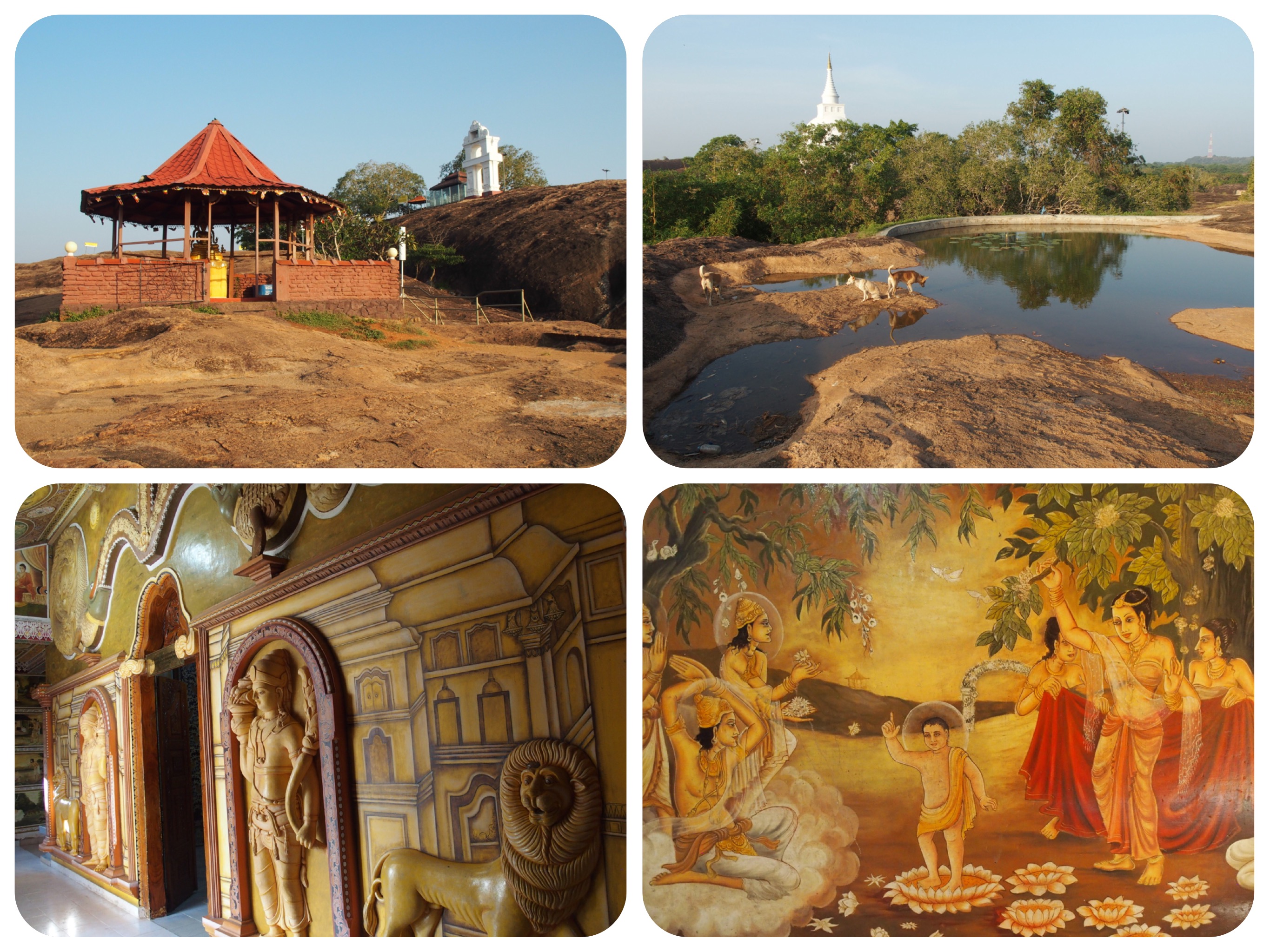
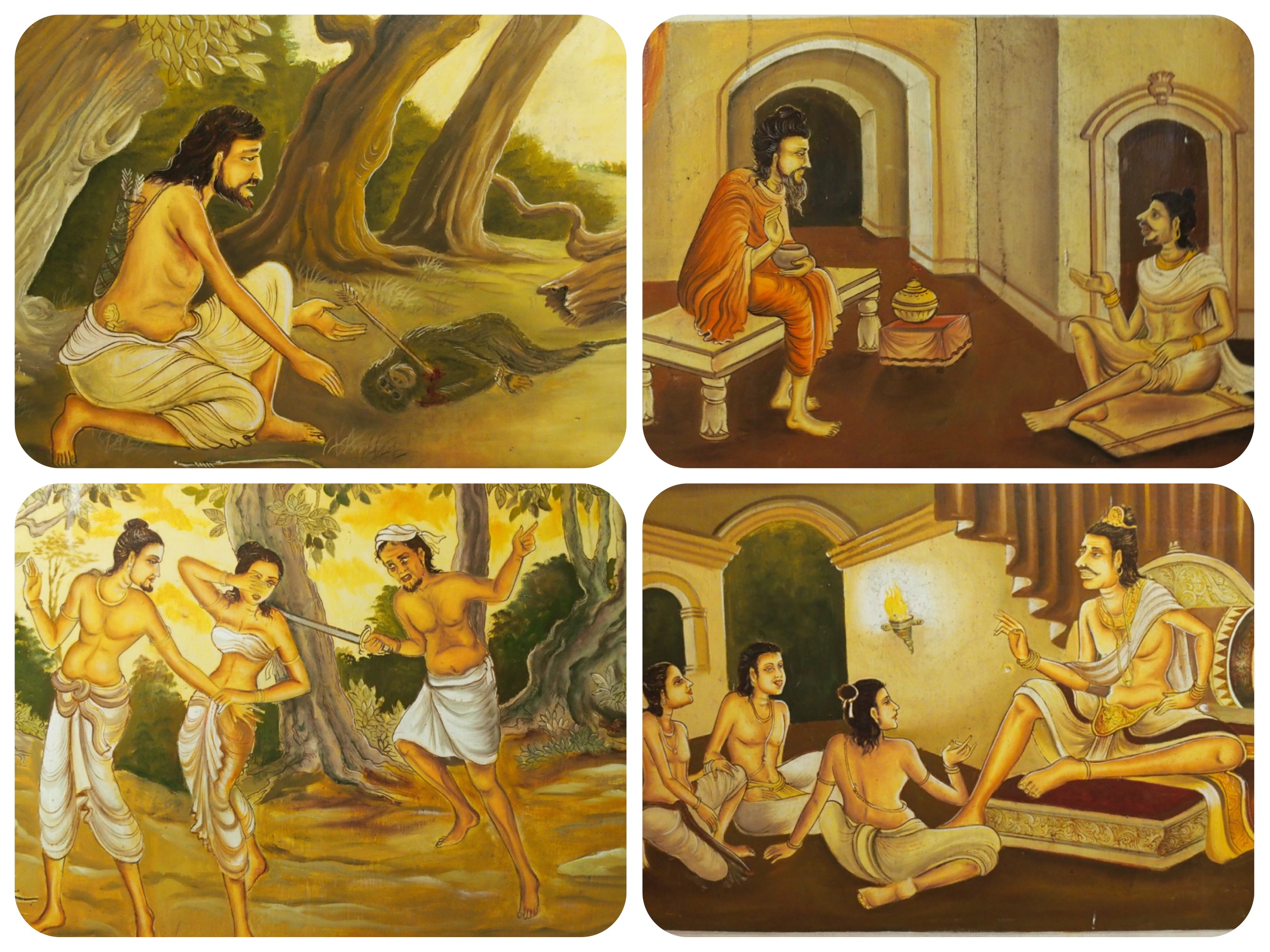
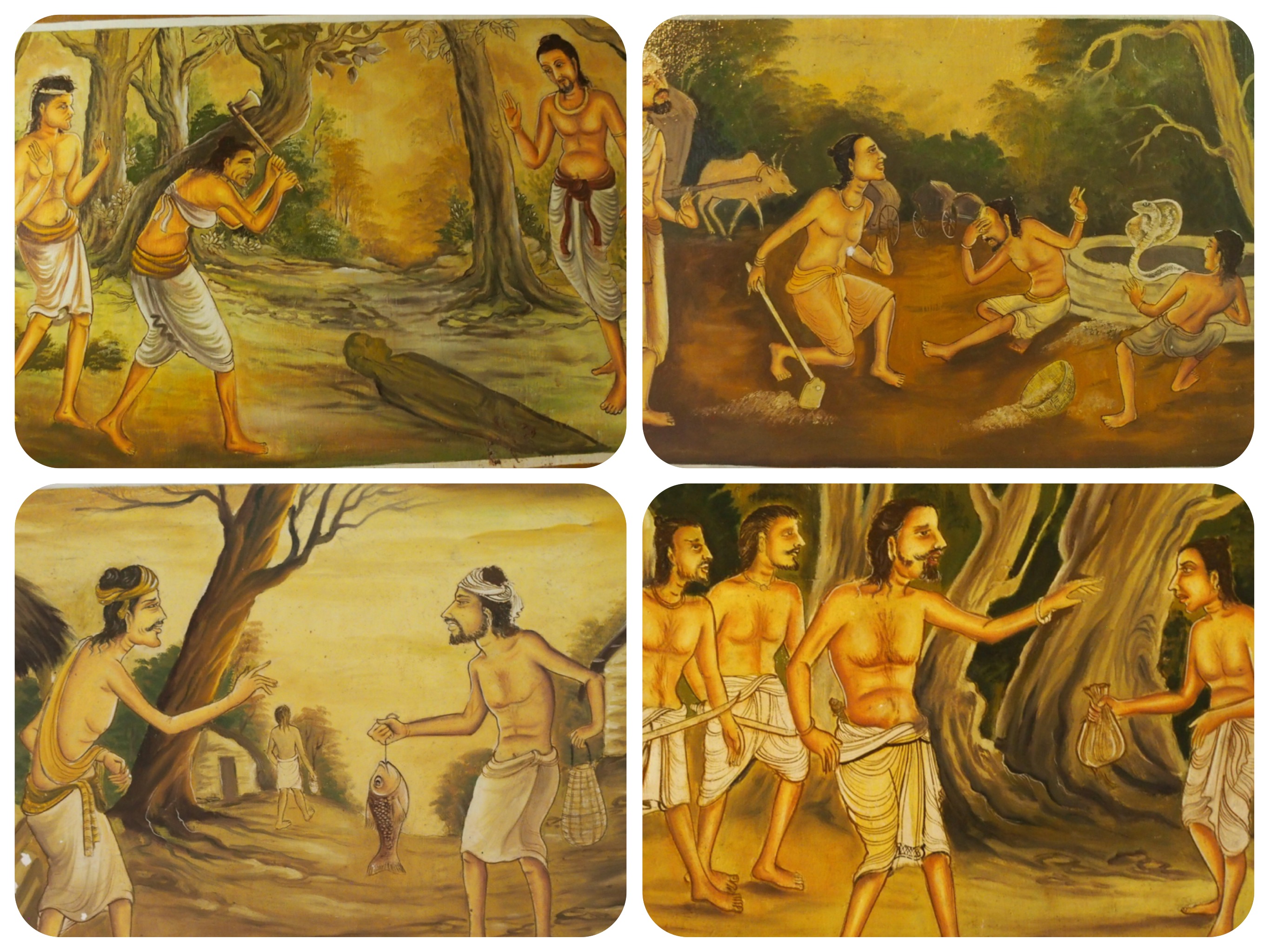
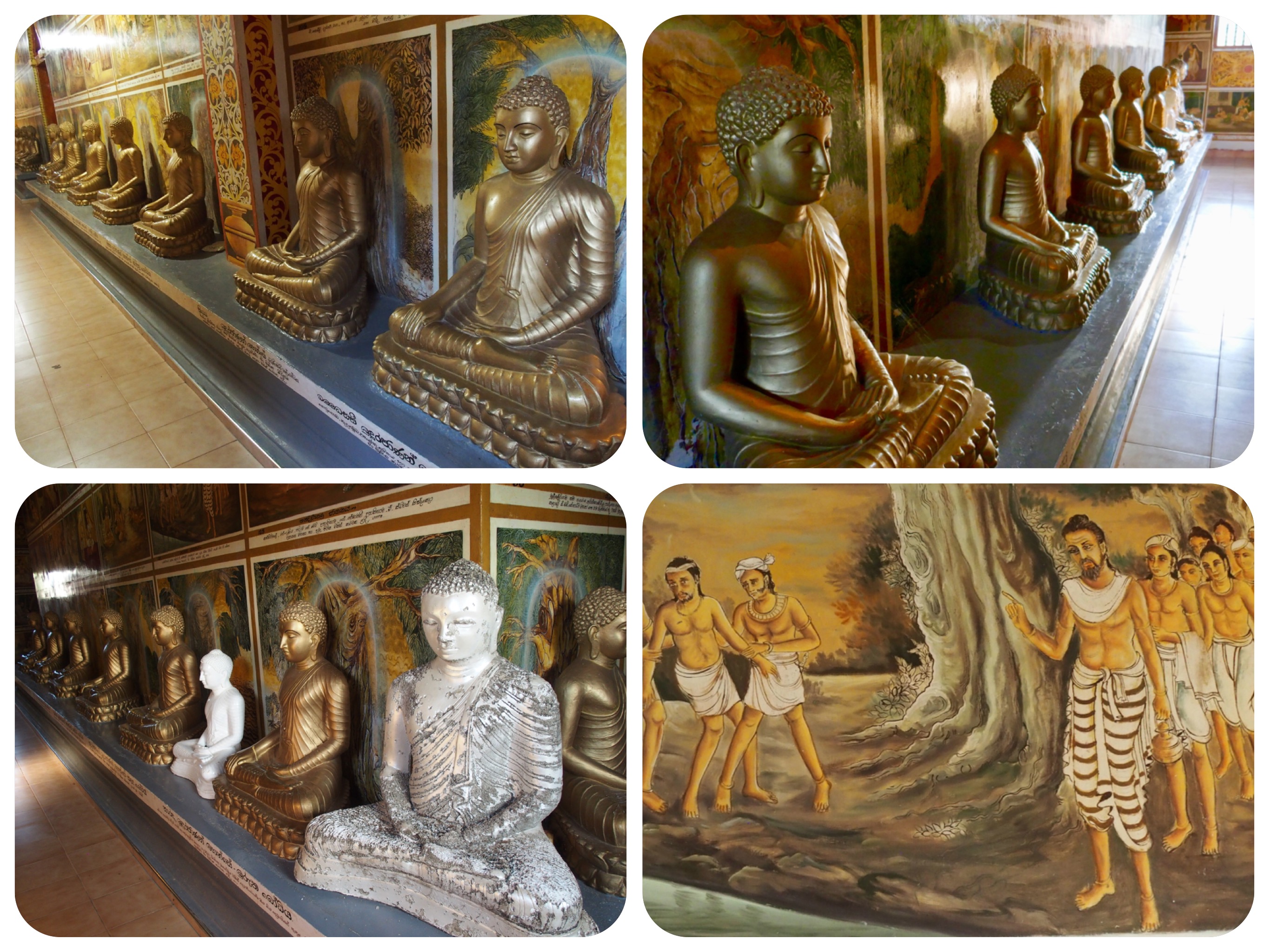

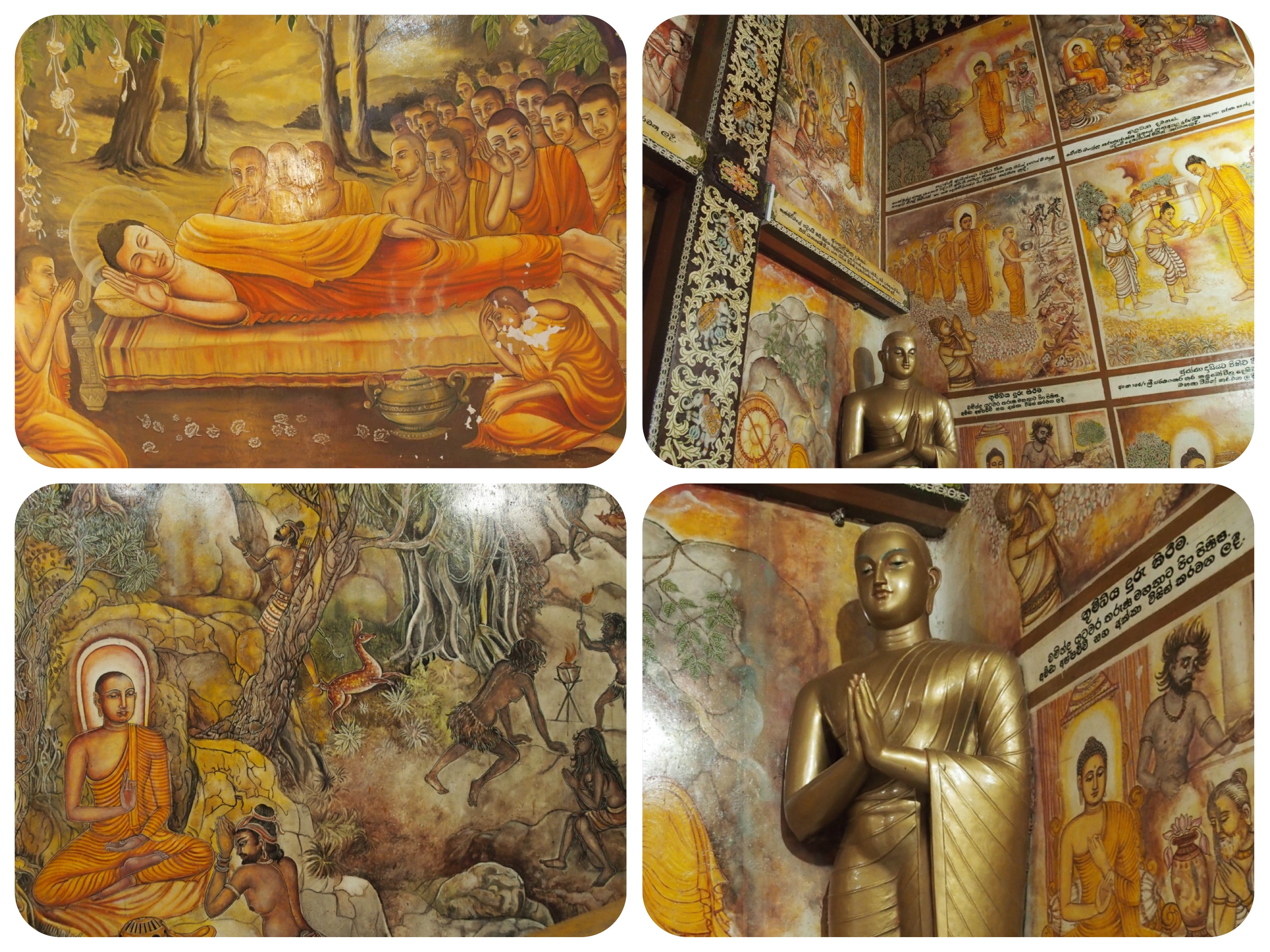
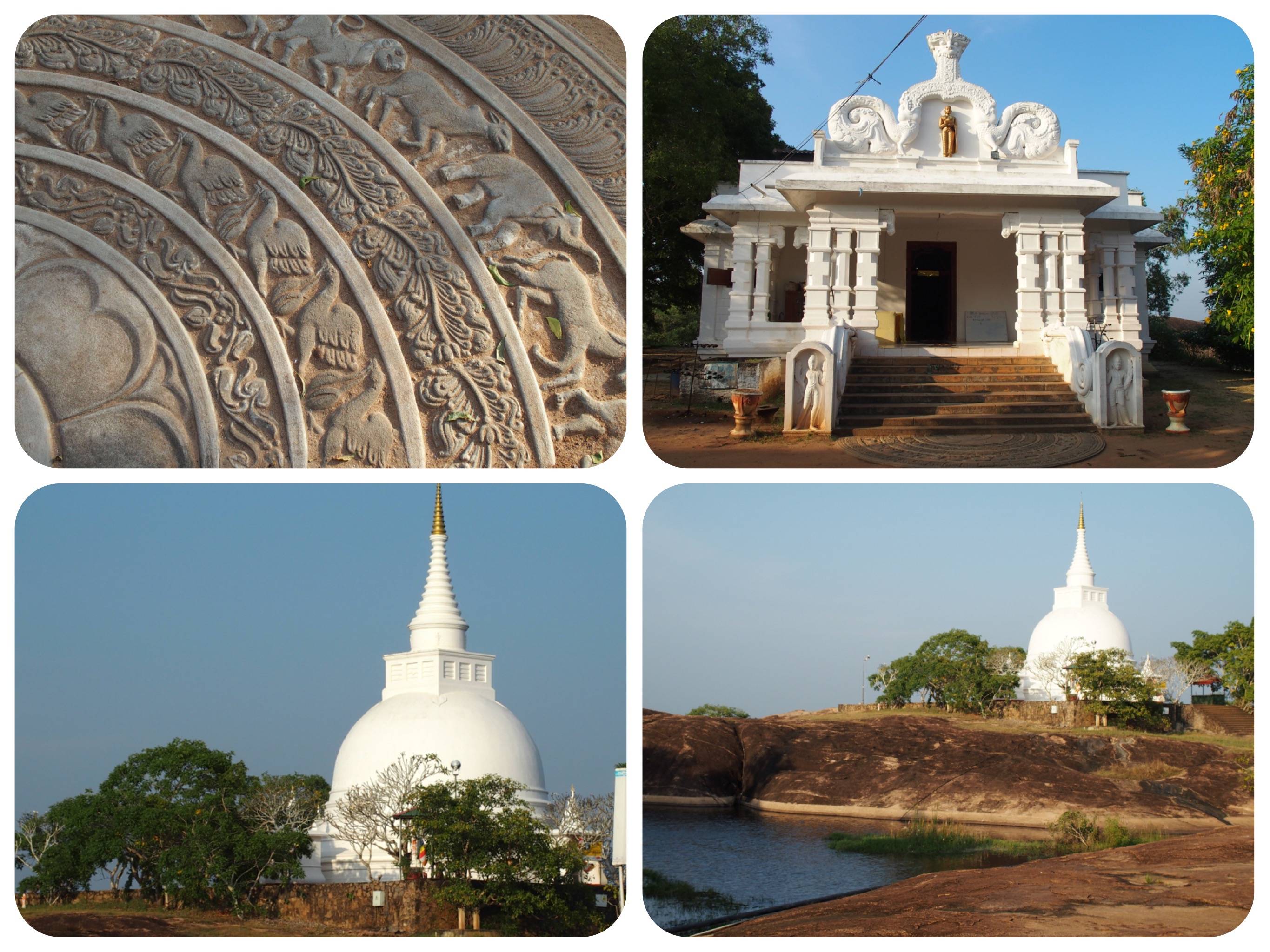
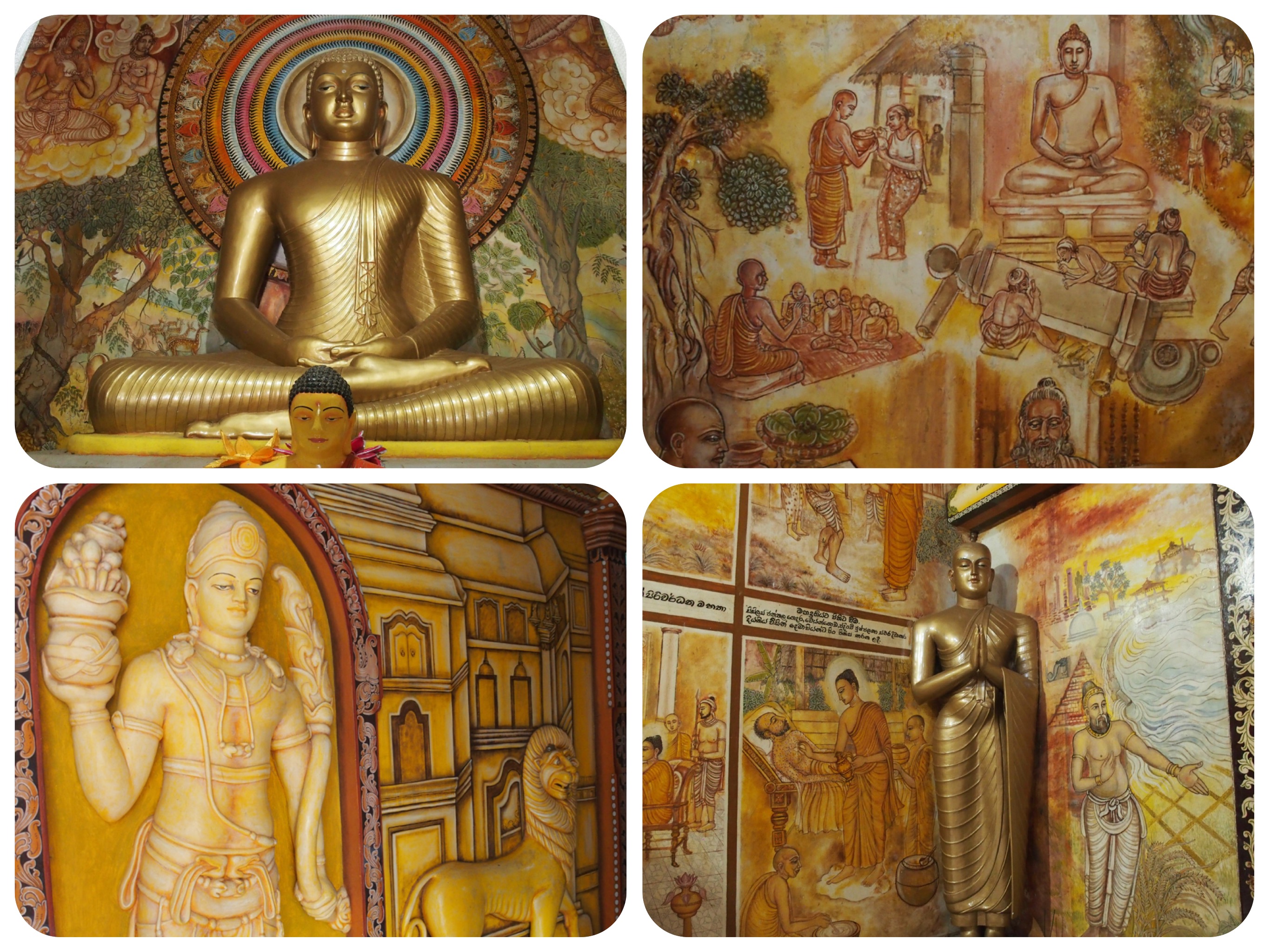
The Sacred City Of Anuradhapura, and the Rock Carvings in Thanthirimale
Anuradhapura is one of two ancient Buddhist cities in Sri Lanka; the second one is our next destination, Polonnaruwa.
The old city of Anuradhapura has many ponds, reservoirs and lakes, with many giant stupas and temples situated among green forests and rock-strewn pathways.
To visit it, you must pay an entry fee to the entire area, and then you can hire a scooter, a bicycle or a car to tour the many monuments.
You must remove your shoes and hat before entering each of the temples and stupas.
The pathway stones are often very hot, which does not allow lingering, unless you find a space in the shade from which to observe, or sit to pray among the locals.
I will not enumerate here all the names of the stupas to visit and the temples to see.
If you plan to visit, you can get a local map that details all the names and their significance.
The stupas are called Dagabas in Sinhalese. Anuradhapura’s greatest treasures are its Dagabas, which are constructed of small sun-dried bricks and are hemispherical in shape.
The most notable of these Dagabas are the Ruvanveli, the Jetawanarama, and the Thuparama Dagabas.
The Ruvanveli Dagaba dates back to the 2nd Century BC.
It is 300 feet in diameter.
The Jetawanarama Dagaba is 400 feet in diameter, and is made of 93.3 million bricks.
It was constructed around the years 277 to 304 AD.
It is said that at that time, 10,000 Buddhist monks lived in the area surrounding it.
The Thuparama Dagaba, which is not as large as the others, is the oldest dagoba in Sri Lanka.
It was constructed by King Devanampiya Tissa in the 3rd century BC, and is said to enshrine the right collarbone of the Buddha.
The stupa is surrounded by many stone pillars, some of them now leaning sideways.
The tall stone pillars might have been constructed to provide shade around the stupa, for the many worshippers who came here.
The city's most renowned relic is the sacred Bodhi-Tree, which is said to have grown from a branch cutting of the original tree under which the Buddha gained enlightenment.
It was planted here 2250 years ago, and is surrounded by an elevated platform with four gates.
Visitors can enter the courtyard and sit under the shade of other trees to pray or meditate, but entrance to the tree is not allowed, for fear of damage to the tree by the many visitors.
There are numerous other temples and stupas to visit.
In one small stupa near the biggest white sitting Buddha in the city, towering high above the canopy of the forest, we were shown their version of Heaven.
The friendly attendant took us around the inside of the stupa, which had wall paintings of the life of the Buddha and his healing miracles.
At the completion of the circle, he had us stand in a dark cubicle in front of a glass screen.
Then he deposited a ten rupee coin into the box and the lights inside started shining in bright colors.
We saw inside glowing flowers, colorfully lit Buddhist deities and the whole thing was over in the blink of an eye.
He then deposited another coin and we got a second glimpse of the Tushita, the Buddhist Heaven.
Tushita is the Buddhist Heaven which all Bodhisattvas are destined to reach after entering into full enlightenment.
We had lunch at a local restaurant serving Sri Lankan food and attended only by locals.
In Sri Lanka there are restaurants catering only for tourists.
Even though their food is good and you are guaranteed to sit in an air conditioned room, it was nice to try Sri Lankan food that was not toned down for the tourist palate.
We ate red rice topped with a variety of vegetable curries.
There was a delicious beet curry, Okra curry, long beans curry, a yellow dhal made of yellow lentils and mungbeans, a delicious Sri Lankan speciality of coconut Sambal, and green leaves which are sliced with onion and eaten as a green garnish.
Our driver ate with his hand, as all Sinhalese do.
He showed me how to do it, guiding the food into your mouth with your thumb, but I knew I could not do it without making a mess of my pants and spilling food all over the floor and onto the table around me, so I stuck to eating with a spoon.
We found an ice cream parlor and had some ice cream, before driving north to Thanthirimale.
About an hour’s drive north of Anuradhapura are the amazing rock formations of Thanthirimale, (the full name is Thanthirimale Rajamaha Viharaya).
Thanthirimale temple complex, which includes a stone library, ponds, a Bodhi tree and rock carving, are all built on vast natural stone rocks which meander as far as the eye can see.
The temple was built in the third century BC.
It is believed that the Bodhi tree that is growing in the rocks here, is a cutting of a cutting of the tree under which the Buddha achieved full enlightenment.
It is said that when the cutting was brought from India to Sri Lanka, the monks rested here along their way to Anuradhapura.
The pot containing the sapling was kept at Thanthirimale.
It is believed that one branch separated and grew out from the pot overnight.
It was taken as a sign and planted here, to remember the incident.
The Bodhi Tree is growing on top of a large stone platform, and a central part of the tree is completely wrapped in silk.
It looks a bit like a mummified person, but at least we were able to get fairly close to it.t
The walk on the big rocks was surprisingly easy.
Even though all the signs were in Sinhalese, we roamed around the rocks and found the carved sitting Buddha, as well as a large reclining Buddha carved into the rocks.
This place had fallen into ruins, and was undiscovered and unidentified until the beginning of the 19th century.
In the 1960s, the temple was reestablished by local Buddhist monks.
The temple and surrounding area are full of ruins, including several stone ponds and lovely walkways.
There is also an archaeological Museum on the grounds, but it was already closed when we arrived at Thanthirimale.
A few wild peacocks took off into the air while we were there.
It is magical to see a flying peacock, with its colorful iridescent tail spreading in the wind...
Back at our hotel, since they have a tiny restaurant serving only hotel guests, they asked us to order our dinner before we left for the day.
We had ordered ahead the Sri Lankan curry dinner spread.
It turned out to be exactly the same meal that we had eaten for lunch, with beet curry, long beans, dhal, coconut Sambal and rice, but because it was so tasty, I did not mind.
We were again very tired by the end of the day, and I was grateful for the hot shower and the clean sheets of the bed.
Wishing you a wonderful night/day,
Tali